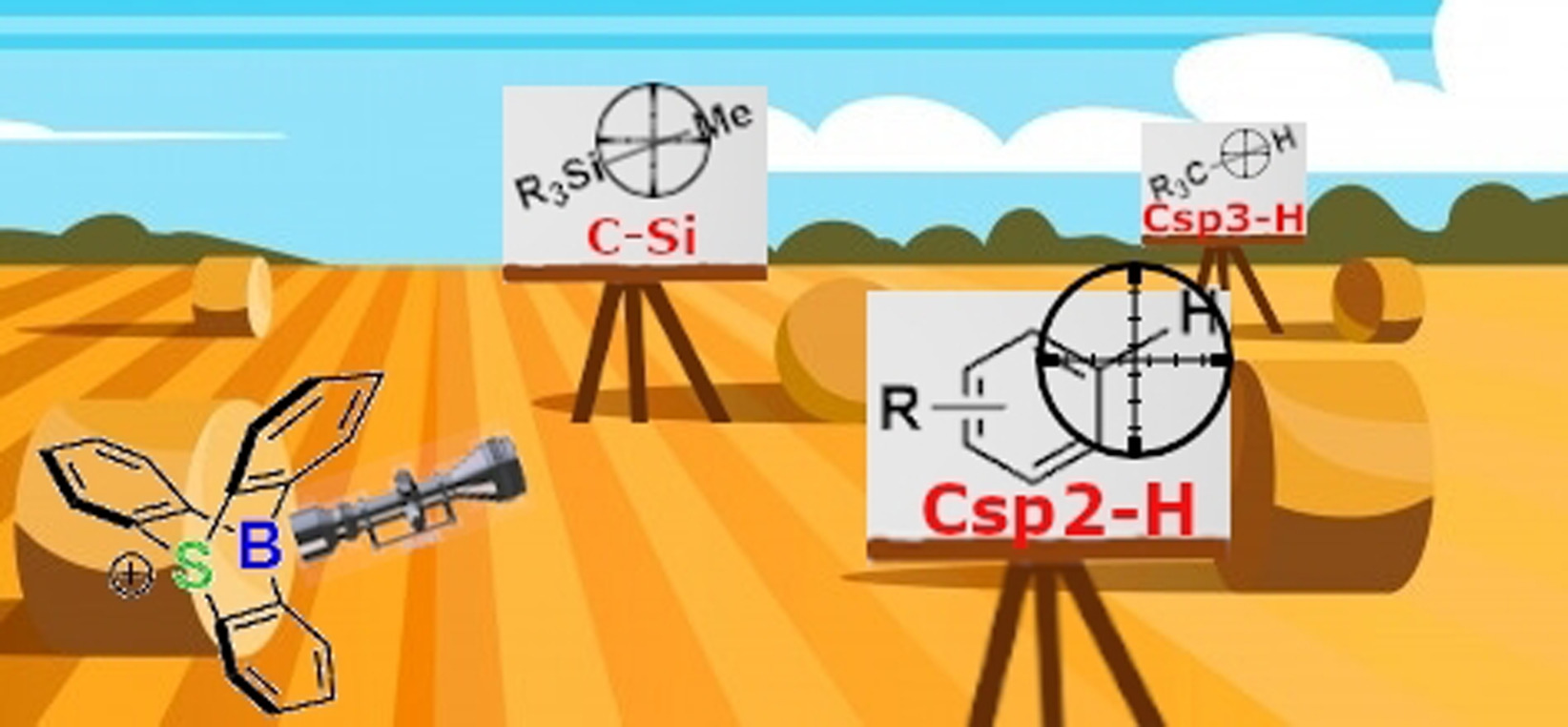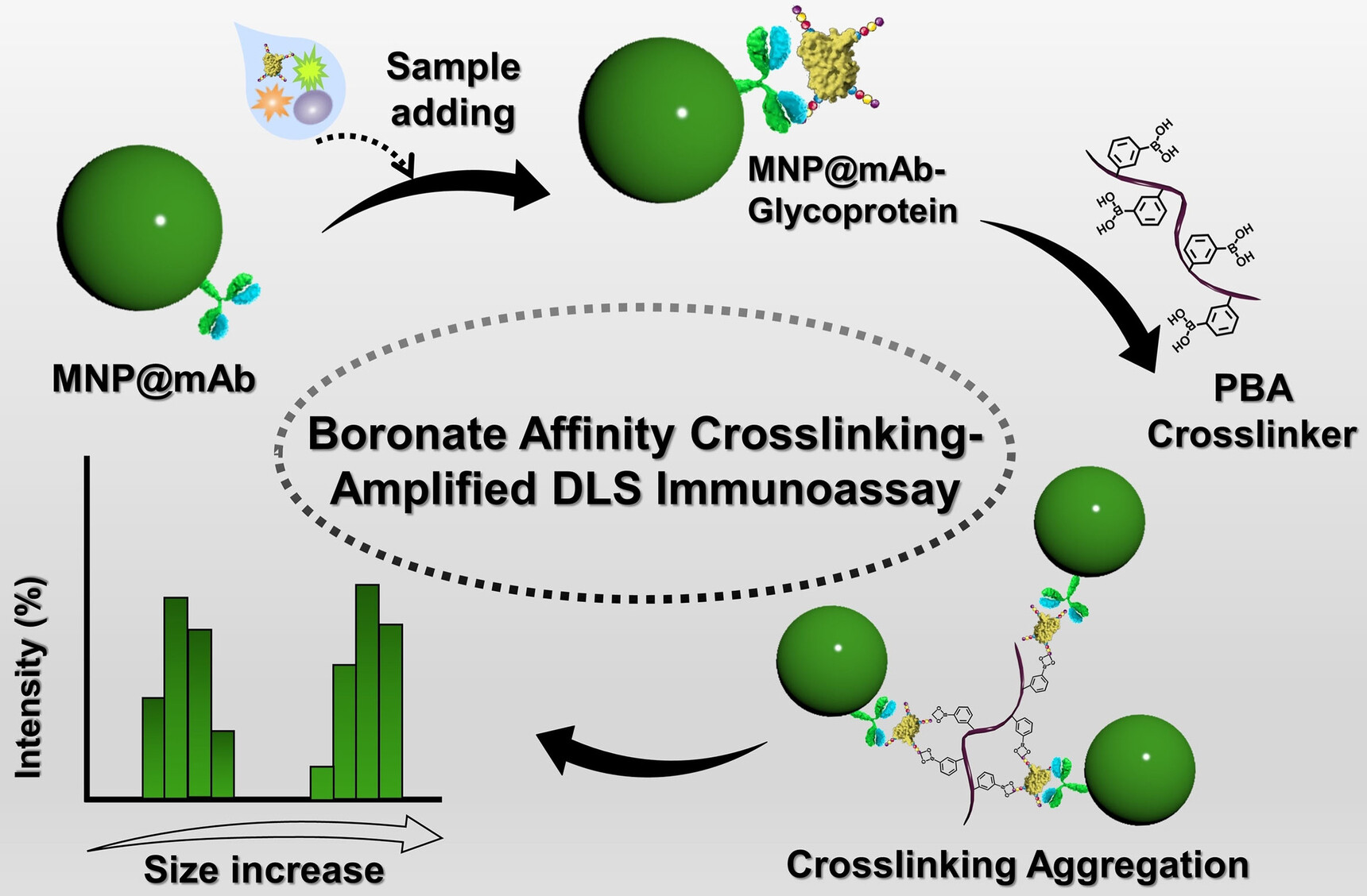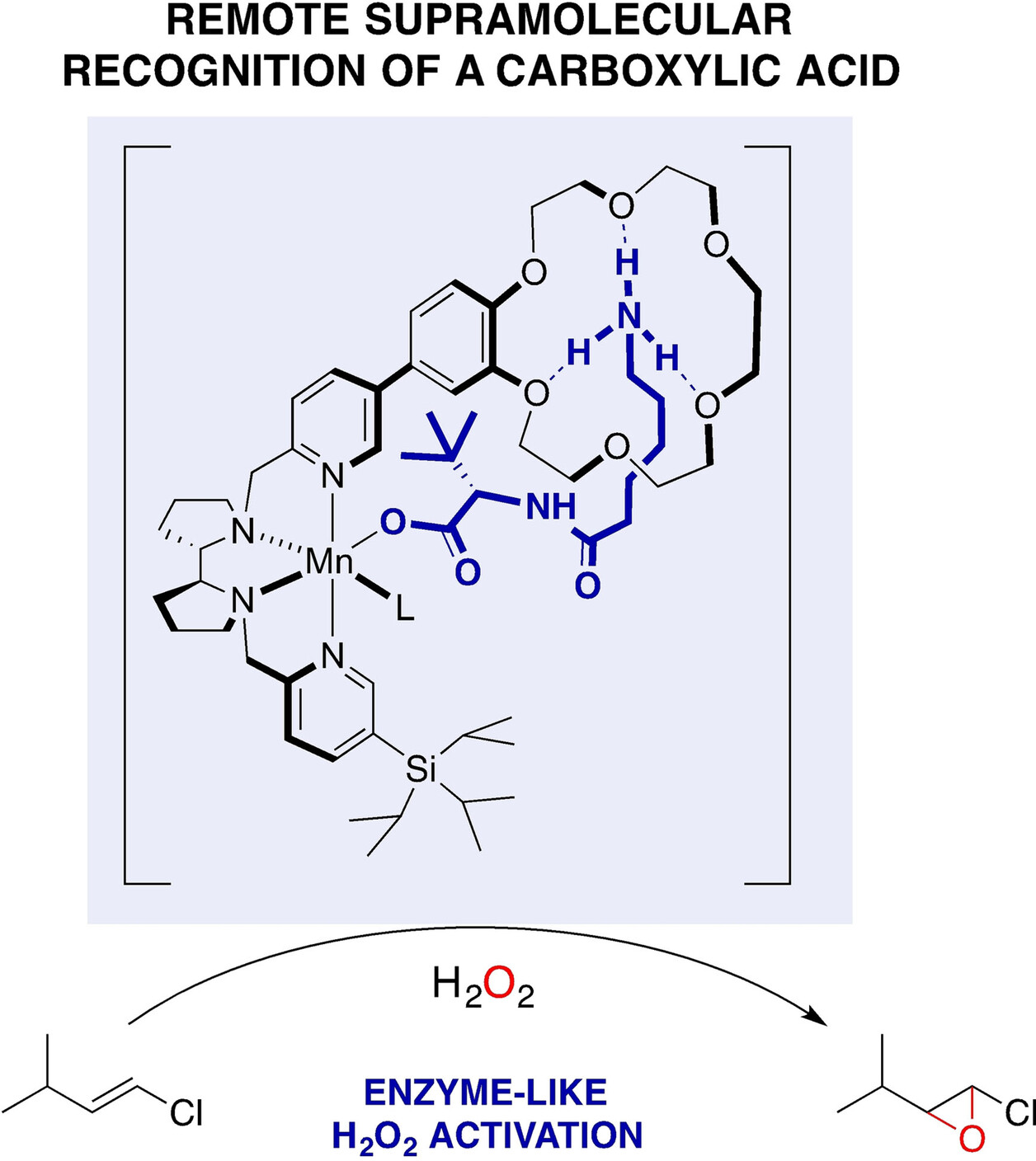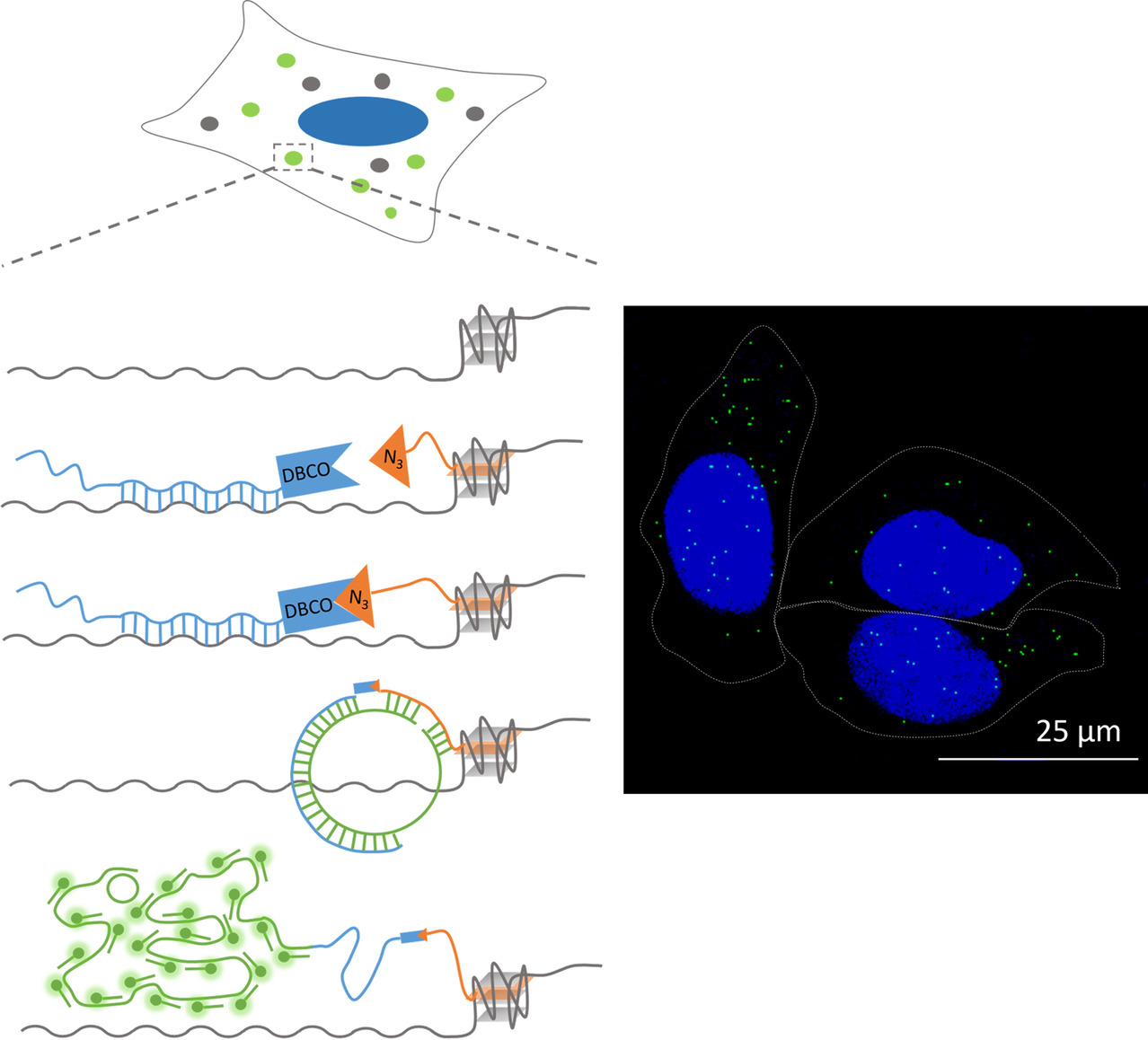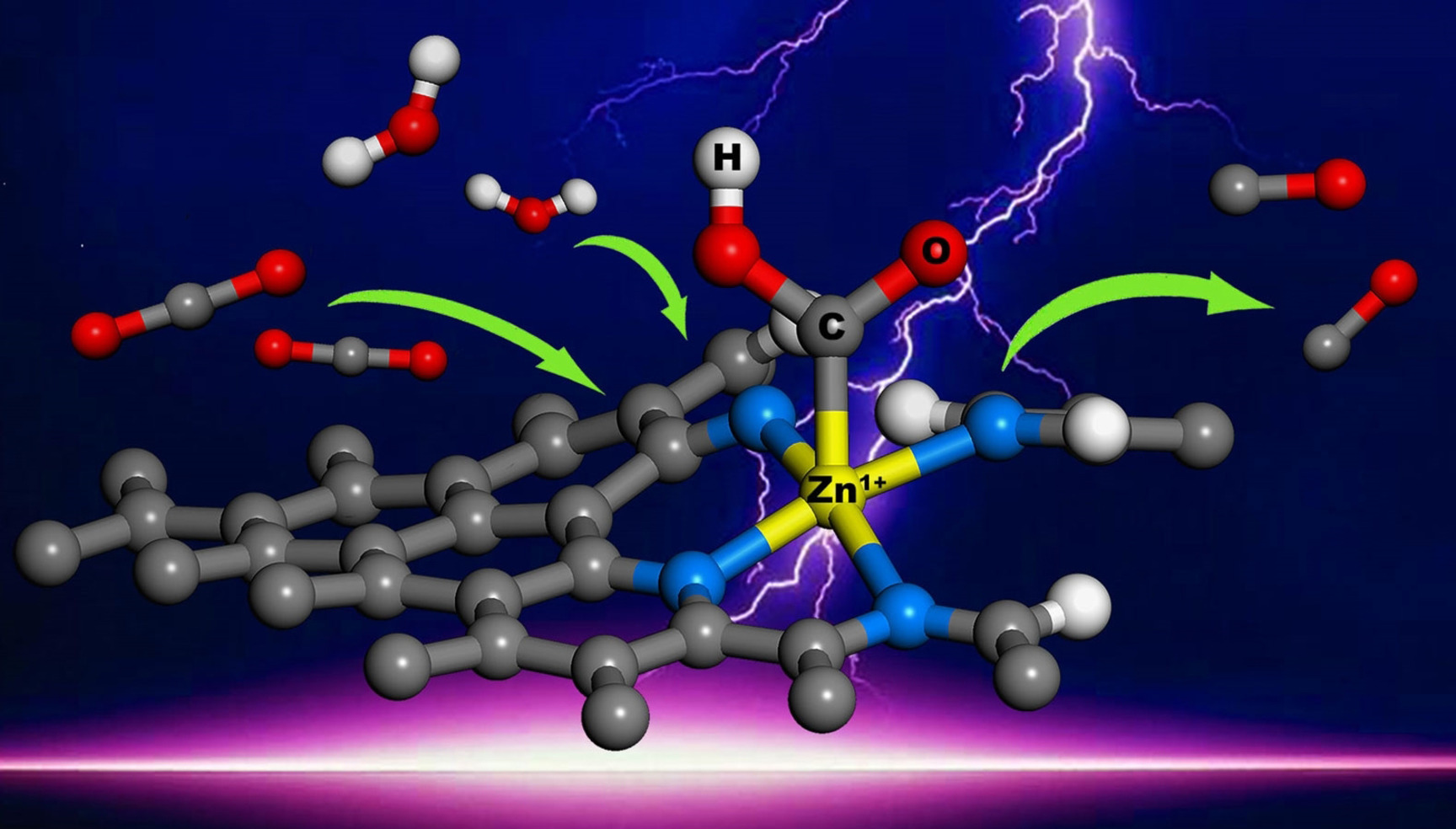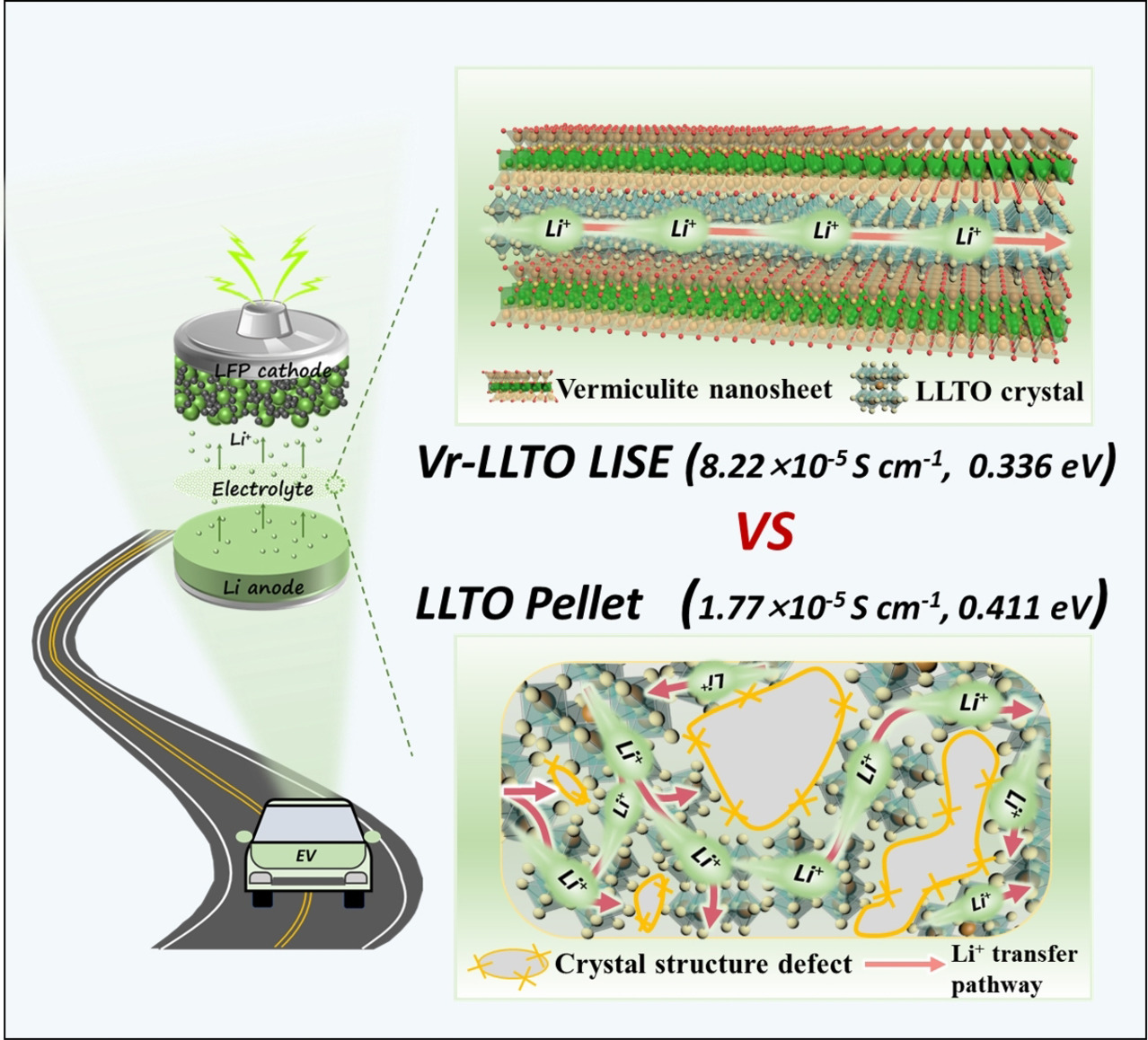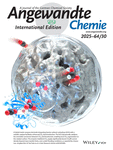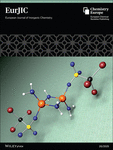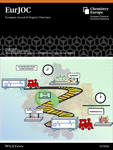Journal list menu
Export Citations
Download PDFs
Titelbild
Titelbild: Indomethacin Polymorph δ Revealed To Be Two Plastically Bendable Crystal Forms by 3D Electron Diffraction: Correcting a 47-Year-Old Misunderstanding (Angew. Chem. 7/2022)
- First Published: 01 February 2022

Indomethacin ist ein entzündungshemmendes Medikament, das seit 1965 auf dem Markt ist. Das dritte Polymorph, Form δ, wurde 1974 durch Schmelz- und Lösungskristallisation entdeckt. Durch die Kombination von 3D-Elektronenbeugung (3D ED oder MicroED) und Mikrotröpfchen-Schmelzkristallisation zeigen Ming Lu, Hongyi Xu et al. in ihrem Forschungsartikel (e202114985), dass die Form δ aus zwei plastisch biegbaren Kristallformen besteht. Diese Entdeckung und die Korrektur eines 47 Jahre alten Missverständnisses zeigen auf, dass MicroED ein leistungsfähiges Werkzeug für das Studium polymorpher Strukturen ist.
Innentitelbild: Ein Designeraußenmembranprotein fördert die Aufnahme von Täuschmolekülen in einen auf Zytochrom P450BM3 beruhenden Ganzzellbiokatalysator (Angew. Chem. 7/2022)
- First Published: 27 January 2022

Eine Schleifendeletionsmutante des Außenmembranproteins F (OmpF) wurde entwickelt, welche die Zellaufnahme von Täuschmolekülen in Escherichia coli fördert. In ihrer Zuschrift (e202111612) berichten Osami Shoji et al., dass die Koexpression der OmpF-Mutante mit Wildtyp-ZYP102A1 einen auf E. coli beruhenden Ganzzellbiokatalysator in die Lage versetzt, Benzol, Alkyl- und Cycloalkylbenzole mithilfe von Täuschmolekülen effizient zu oxidieren, was dieses System seiner praktischen Anwendung einen wichtigen Schritt näher bringt.
Innenrücktitelbild: A Heme-Acquisition Protein Reconstructed with a Cobalt 5-Oxaporphyrinium Cation and Its Growth-Inhibition Activity Toward Multidrug-Resistant Pseudomonas aeruginosa (Angew. Chem. 7/2022)
- First Published: 27 January 2022
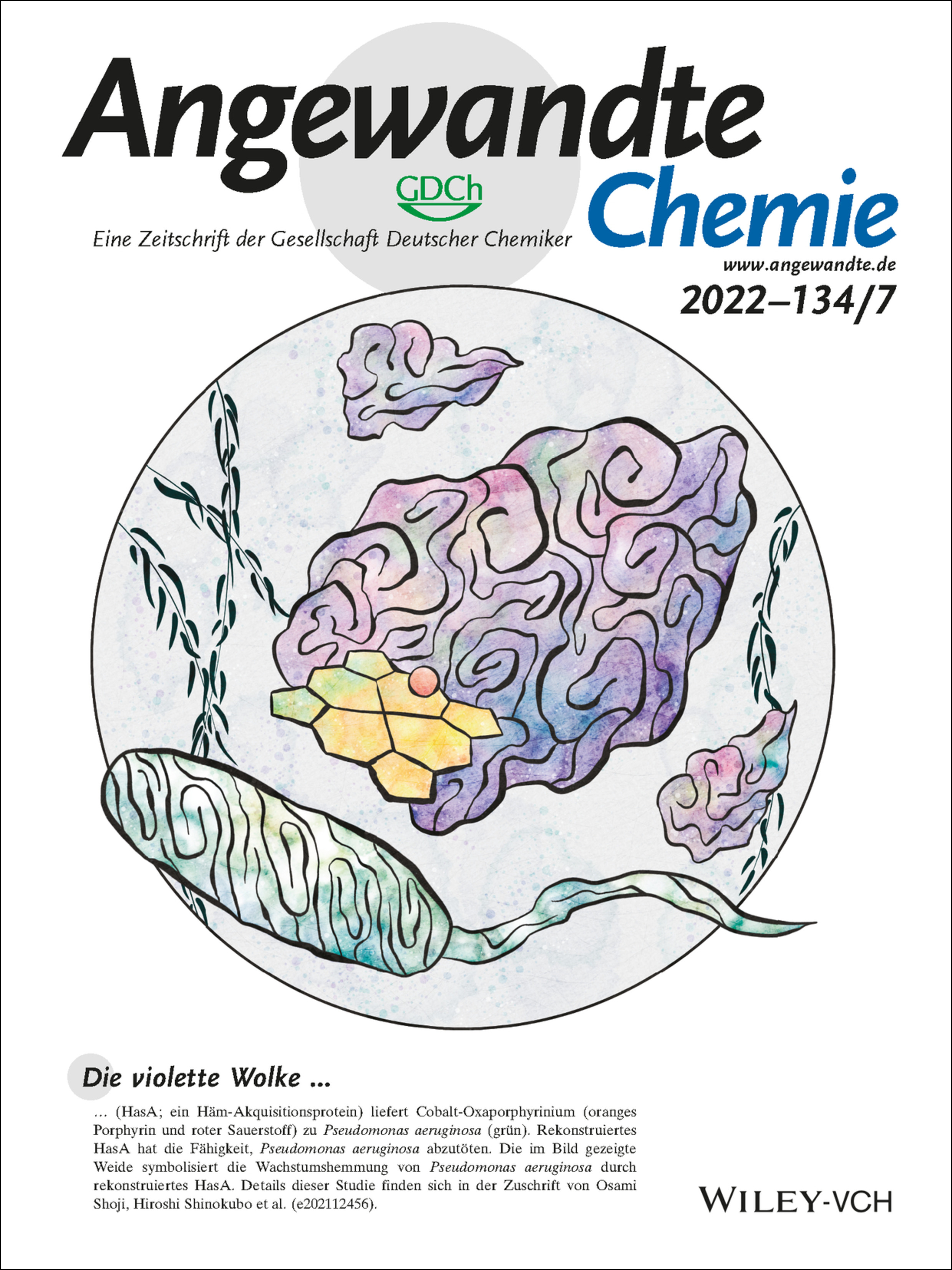
Die violette Wolke (HasA; ein Häm-Akquisitionsprotein) liefert Cobalt-Oxaporphyrinium (oranges Porphyrin und roter Sauerstoff) zu Pseudomonas aeruginosa (grün). Rekonstruiertes HasA hat die Fähigkeit, Pseudomonas aeruginosa abzutöten. Die im Bild gezeigte Weide symbolisiert die Wachstumshemmung von Pseudomonas aeruginosa durch rekonstruiertes HasA. Details dieser Studie finden sich in der Zuschrift von Osami Shoji, Hiroshi Shinokubo et al. (e202112456).
Rücktitelbild: Self-Expanding Ion-Transport Channels on Anodes for Fast-Charging Lithium-Ion Batteries (Angew. Chem. 7/2022)
- First Published: 18 January 2022
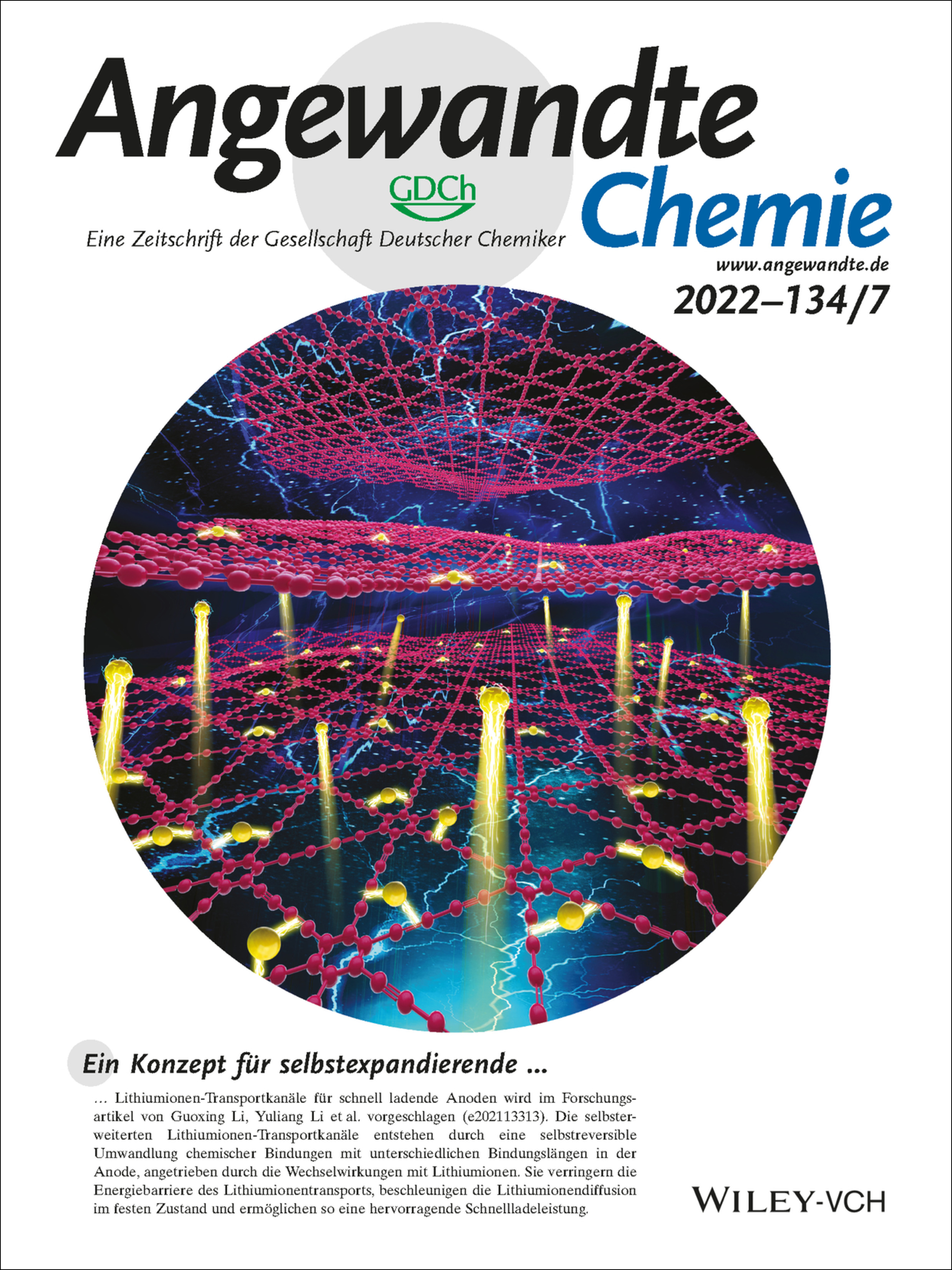
Ein Konzept für selbstexpandierende Lithiumionen-Transportkanäle für schnell ladende Anoden wird im Forschungsartikel von Guoxing Li, Yuliang Li et al. vorgeschlagen (e202113313). Die selbsterweiterten Lithiumionen-Transportkanäle entstehen durch eine selbstreversible Umwandlung chemischer Bindungen mit unterschiedlichen Bindungslängen in der Anode, angetrieben durch die Wechselwirkungen mit Lithiumionen. Sie verringern die Energiebarriere des Lithiumionentransports, beschleunigen die Lithiumionendiffusion im festen Zustand und ermöglichen so eine hervorragende Schnellladeleistung.
Frontispiz
Frontispiz: 2D Active Nanobots Based on Soft Nanoarchitectonics Powered by an Ultralow Fuel Concentration
- First Published: 01 February 2022
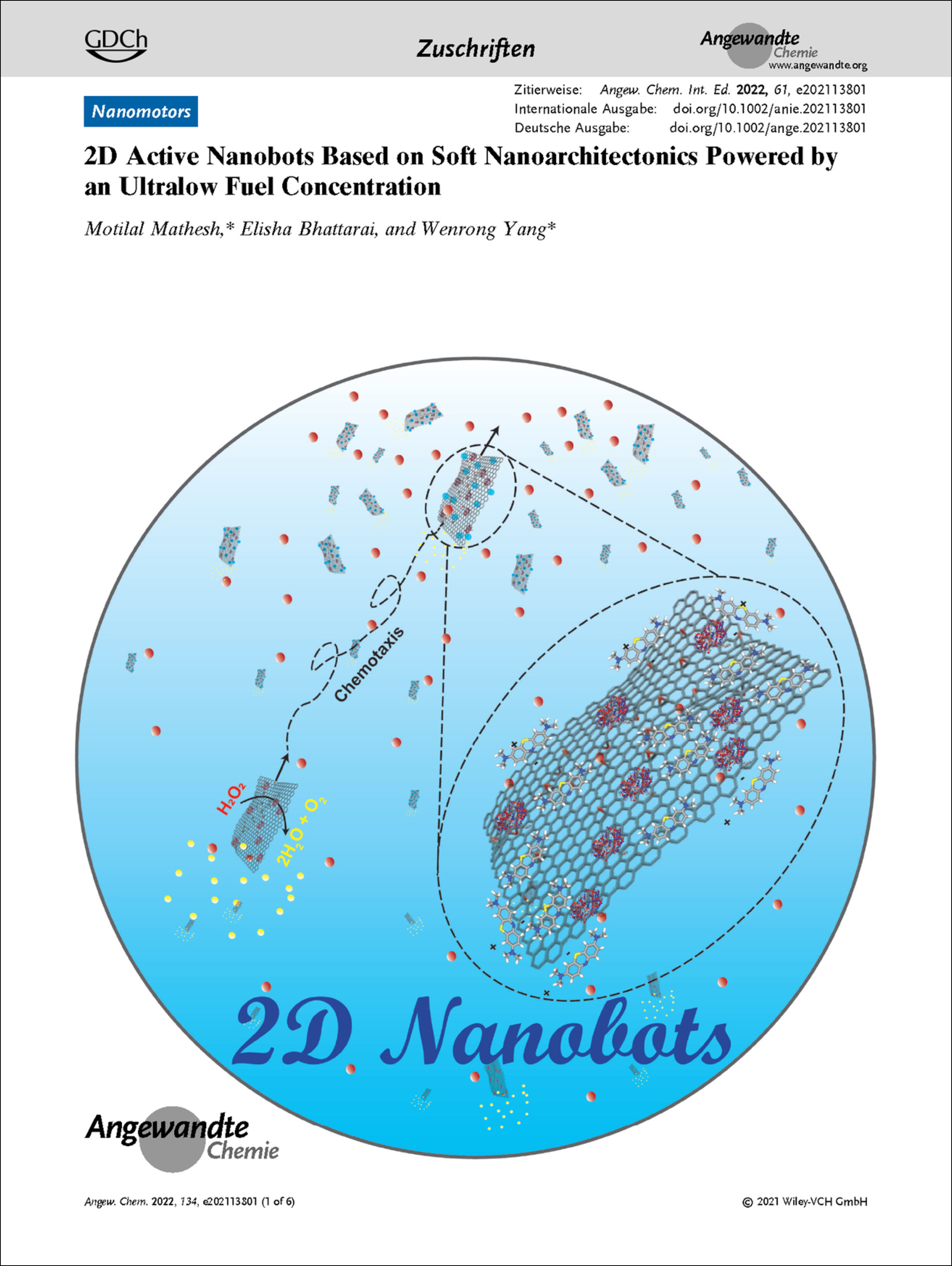
Nanomotoren 2D-Nanobots auf der Basis weicher Nanoarchitekturen, die mit extrem niedrigen Treibstoffkonzentrationen angetrieben werden, werden in der Zuschrift von Motilal Mathesh, Elisha Bhattarai und Wenrong Yang vorgestellt (e202113801).
Frontispiz: Surface Gelation on Disulfide Electrocatalysts in Lithium–Sulfur Batteries
- First Published: 01 February 2022
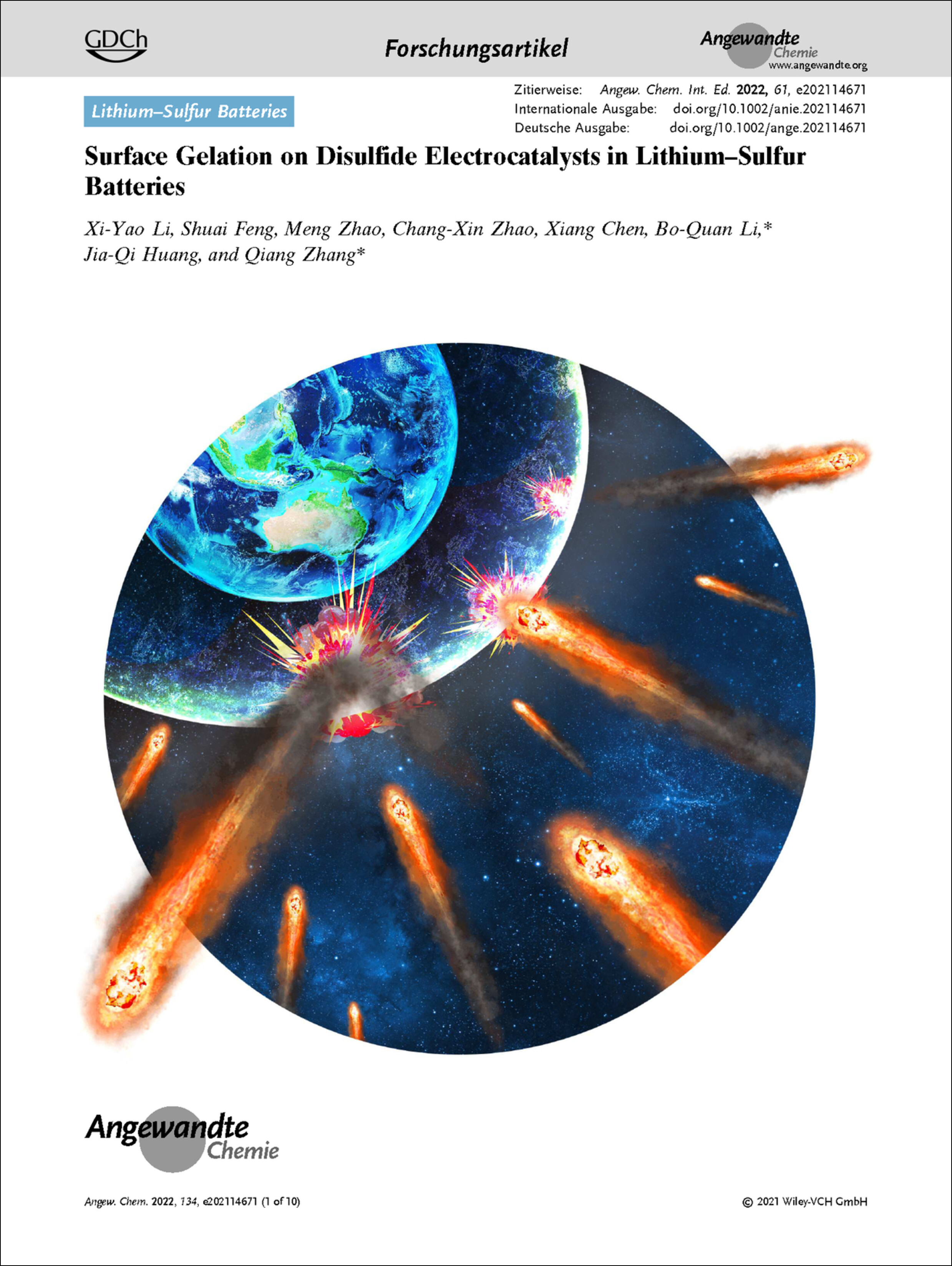
Li-S-Batterien In ihrem Forschungsartikel (e202114671) identifizieren Bo-Quan Li, Qiang Zhang et al. erstmals die Oberflächengelbildung auf Elektrokatalysatoren in Li-S-Batterien.
Graphisches Inhaltsverzeichnis
Graphisches Inhaltsverzeichnis: Angew. Chem. 7/2022
- First Published: 01 February 2022
Introducing …
Kurzaufsätze
Functionalization of Biomolecules
Hypervalent Iodine-Mediated Late-Stage Peptide and Protein Functionalization
- First Published: 21 October 2021
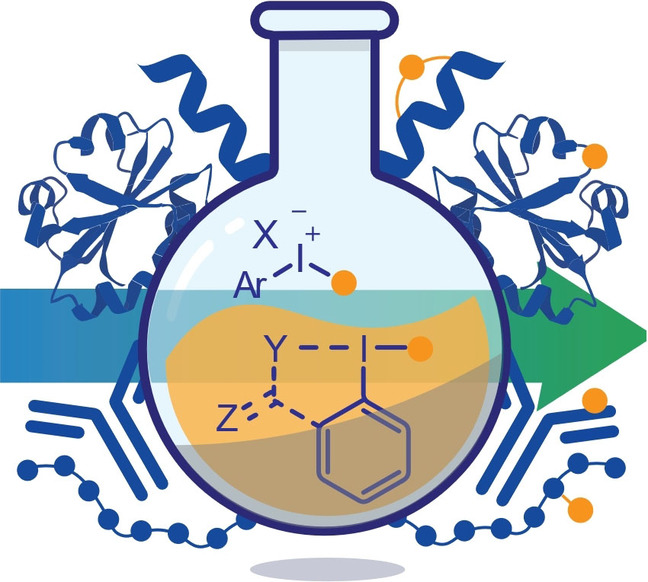
Hypervalent iodine reagents are commonly used for the development of novel transformations. As they are highly reactive and biocompatible, they have been employed more recently for the functionalization of biomolecules. This Minireview discusses the development of hypervalent iodine reagents for the modification of peptides and proteins as well as their application, such as labeling and peptide stapling.
Aufsätze
Energiekonversion
Chemische Batterien mit CO2
- First Published: 20 August 2020
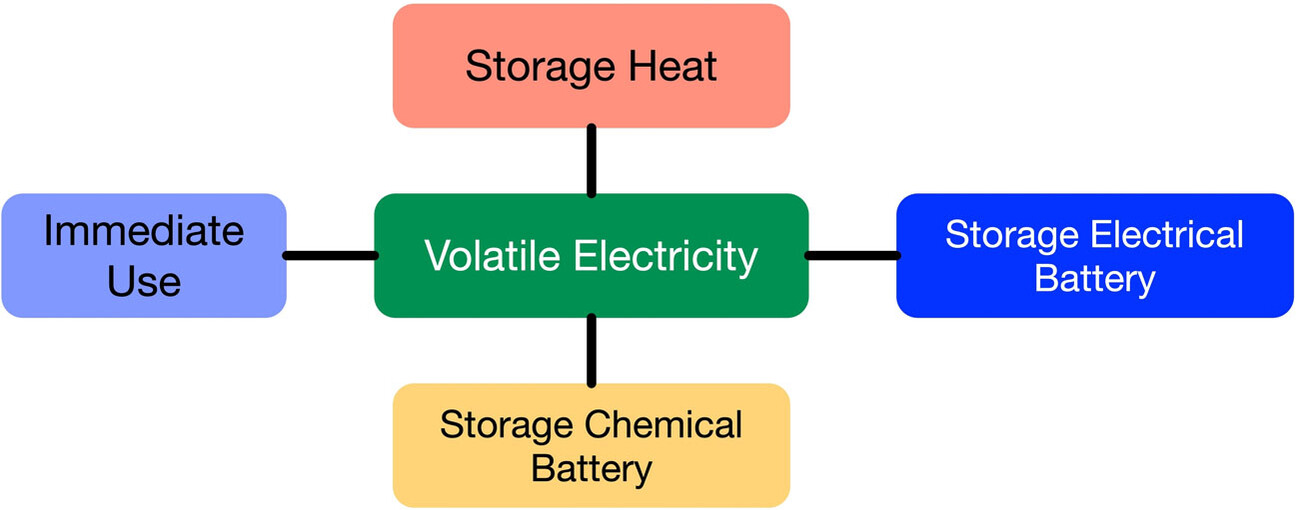
Nachhaltige Energiesysteme können nicht ohne die Speicherung von schwankendem erneuerbarem Strom existieren. Für geringe Energiemengen sind elektrische Batterien geeignet, große Mengen erfordern hierfür chemische Batterien. Die Hydrierung von CO2 ist eine vielversprechende Option. Die komplizierte Materialwissenschaft von Cu-Katalysatoren, die die Selektivität dieser Reaktion steuern, wird in diesem Aufsatz erörtert.
Fluoroalkylation
Transition-Metal-Catalyzed Monofluoroalkylation: Strategies for the Synthesis of Alkyl Fluorides by C−C Bond Formation
- First Published: 17 October 2021

This Review provides an overview of recent developments in the synthesis of chiral (enantioenriched or racemic) secondary and tertiary alkyl fluorides by monofluoroalkylation catalyzed by transition-metal complexes. Strategies to access alkyl fluorides by C−C bond formation (monofluoroalkylation) are inherently convergent and complexity-generating, but they have been studied less than strategies to access alkyl fluorides by C−F bond formation (fluorination).
Zuschriften
Nanomotors
2D Active Nanobots Based on Soft Nanoarchitectonics Powered by an Ultralow Fuel Concentration
- First Published: 16 December 2021
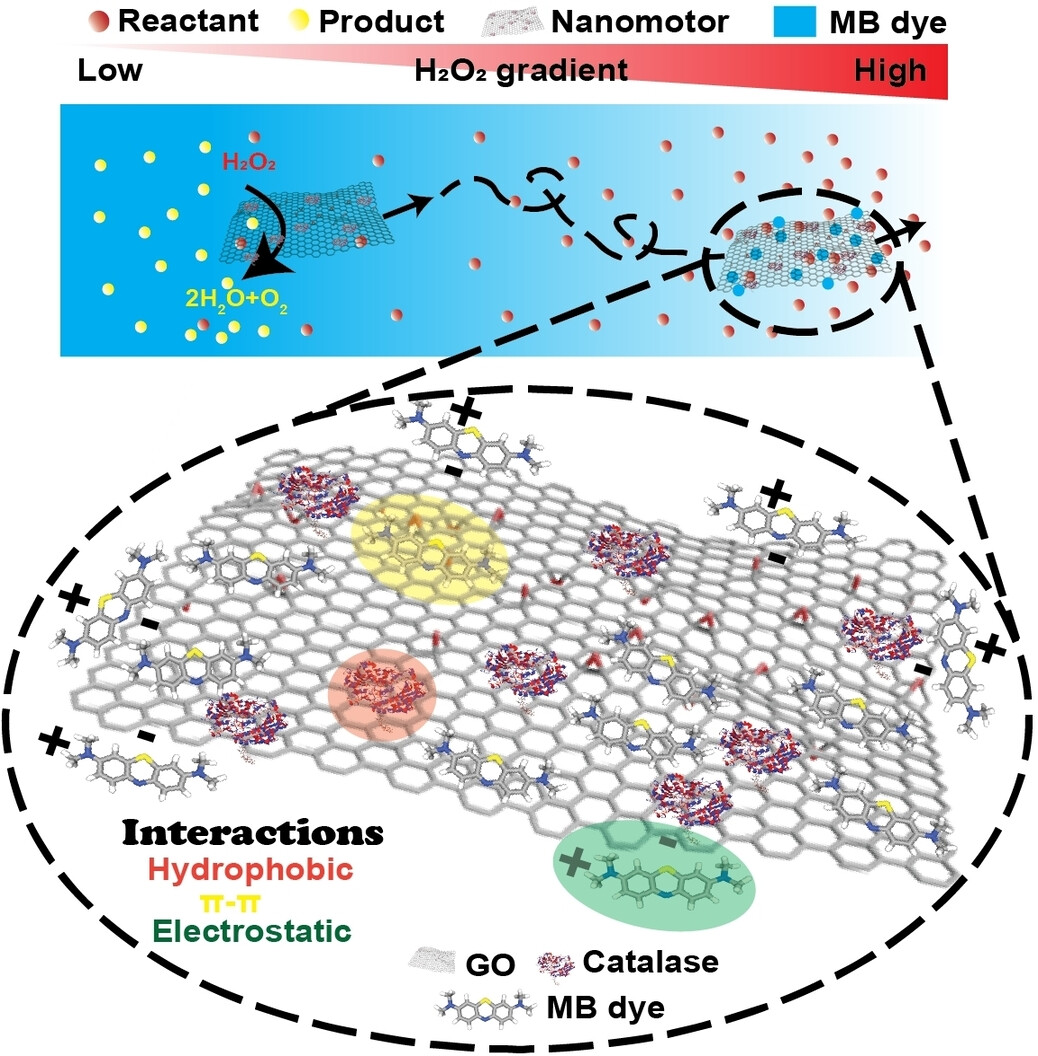
“Truly” two-dimensional (2D) nanobots based on graphene oxide and powered by enzymes have been fabricated by facile noncovalent interactions. The 2D nanobots can be propelled at ultralow H2O2 concentrations and show chemotactic behavior. Furthermore, in the presence of fuel, they showed an excellent capability for “on-the-fly” removal of methylene blue (MB) dye for environmental remediation.
DNA Damage
Collateral Damage Occurs When Using Photosensitizer Probes to Detect or Modulate Nucleic Acid Modifications
- First Published: 17 December 2021

Modifications of DNA/RNA impact their properties including susceptibility to oxidation. 5-Methylcytosine and N6-methyladenine were competed for photooxidation by riboflavin, anthraquinone, or Rose Bengal against dA, dG, dC, and dT in DNA. This confirmed dG is more oxidation prone, representing collateral damage during photosensitized probing for the base methylations.
Artificial Proteins
A Heme-Acquisition Protein Reconstructed with a Cobalt 5-Oxaporphyrinium Cation and Its Growth-Inhibition Activity Toward Multidrug-Resistant Pseudomonas aeruginosa
- First Published: 15 December 2021

Various metal 5-oxaporphyrinium cations were synthesized, and a cobalt(II) 5-oxaporphyrinium cation was successfully incorporated into the heme-acquisition protein (HasA) secreted by Pseudomonas aeruginosa. The reconstructed protein strongly inhibited the growth of P. aeruginosa and multidrug-resistant P. aeruginosa.
Metalloenzymes | Hot Paper
Identification of Cyclopropane Formation in the Biosyntheses of Hormaomycins and Belactosins: Sequential Nitration and Cyclopropanation by Metalloenzymes
- First Published: 13 December 2021

The biosynthetic pathway of amino/nitro-cyclopropylalanine moieties in hormaomycin and belactosin was fully elucidated. The pathway involves six-electron oxidation of the ϵ-amino group of l-lysine by heme oxygenase-like dinuclear iron enzymes (HrmI/BelK) and C−C bond formation by iron- and α-ketoglutarate-dependent oxygenases (HrmJ/BelL). This is the first example of Fe/α-KG oxygenase-catalyzed cyclopropane formation.
Clusters | Very Important Paper
Two Giant Calixarene-Like Polyoxoniobate Nanocups {Cu12Nb120} and {Cd16Nb128} Built from Mixed Macrocyclic Cluster Motifs
- First Published: 17 December 2021
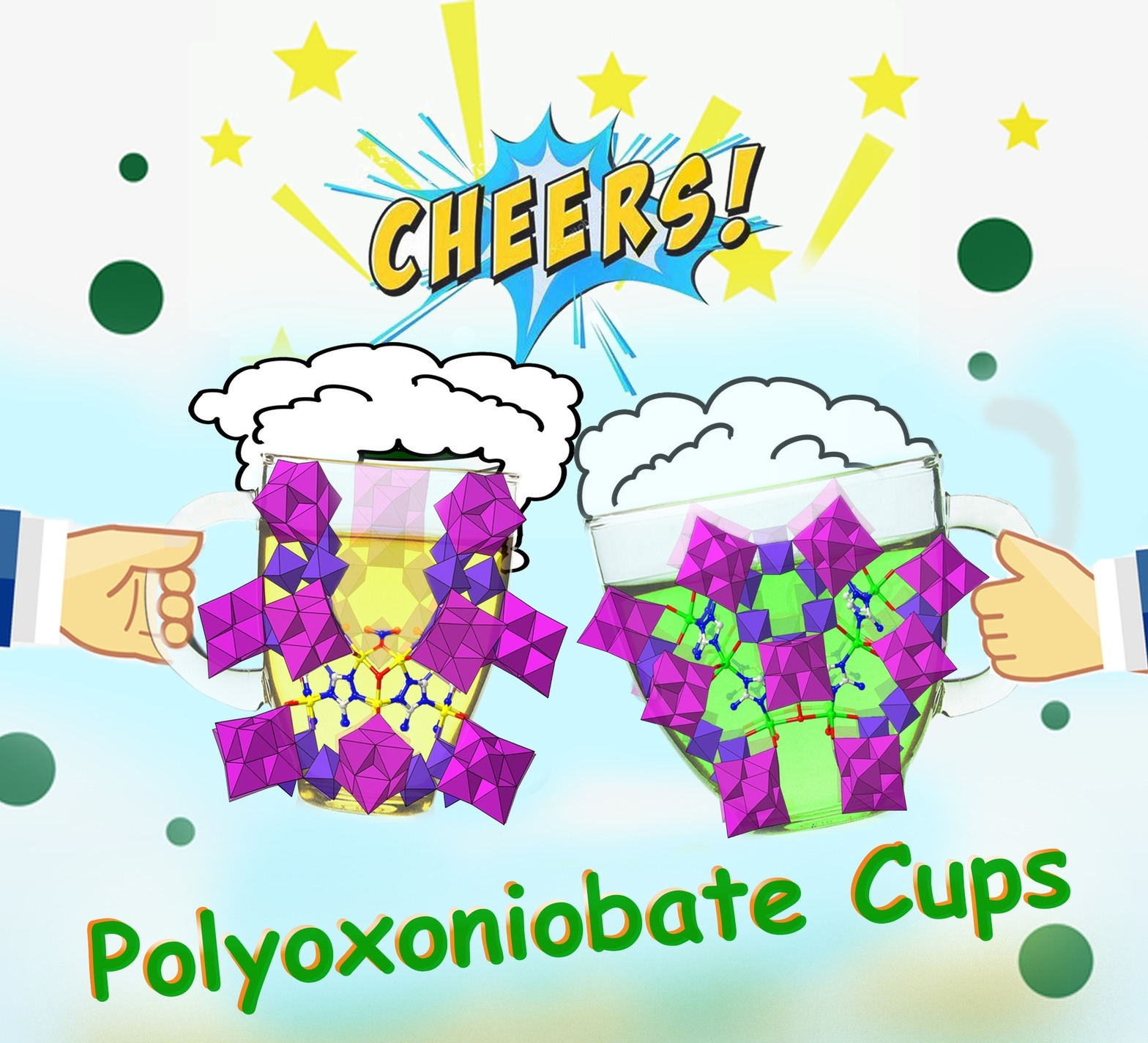
Calixarene-like polyoxoniobates: Two unprecedented giant calixarene-like polyoxoniobate (PONb) nanocups based on multiple macrocyclic clusters have been made, showing the fusion of two areas of metallacalixarene and PONb chemistry. The two molecular nanocups are by far the largest two inorganic–organic hybrid PONbs and hold promise for developing largely unexplored inorganic–organic hybrid PONb chemistry.
BN Heterocycles
Enantioselective Synthesis of Oxazaborolidines by Palladium-Catalyzed N−H/B−H Double Activation of 1,2-Azaborines
- First Published: 15 December 2021

Catalytic N−H/B−H double activation of 1,2-azaborines has been demonstrated. A wide variety of 1,2-azaborines underwent cycloaddition with vinylethylene carbonate through N−H/B−H bond cleavage to produce unique polycyclic oxazaborolidines under mild conditions. Furthermore, highly enantioselective direct functionalization of 1,2-azaborines afforded chiral tricyclic oxazaborolidines.
Analytical Methods | Very Important Paper
Optical Cell Tagging for Spatially Resolved Single-Cell RNA Sequencing
- First Published: 30 December 2021
Solid Electrolytes | Hot Paper
Single-Ion Lithium Conducting Polymers with High Ionic Conductivity Based on Borate Pendant Groups
- First Published: 15 December 2021
Cross-Coupling
Mechanochemical Solvent-Free Suzuki–Miyaura Cross-Coupling of Amides via Highly Chemoselective N−C Cleavage
- First Published: 07 December 2021
Radiopharmaceuticals | Hot Paper
An Unusual Pair: Facile Formation and In Vivo Validation of Robust Sc–18F Ternary Complexes for Molecular Imaging
- First Published: 10 December 2021
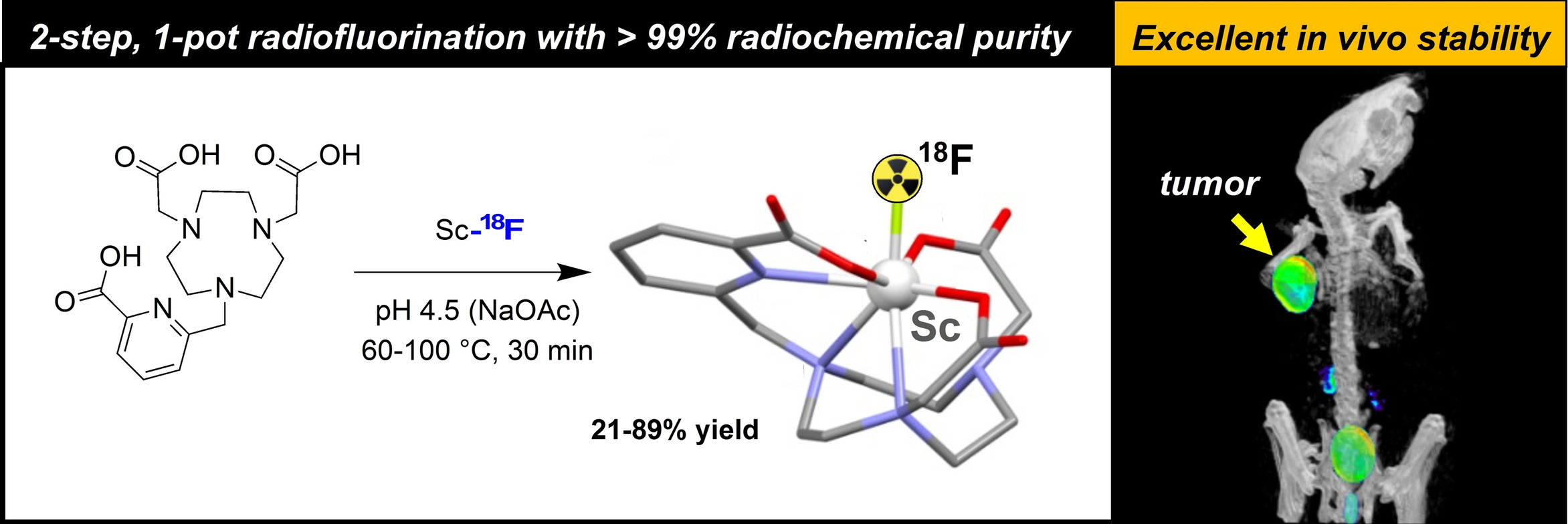
We report a two-step, one-pot water-compatible and high-yielding radiofluorination approach by the displacement of a labile, inner-sphere water of a seven-coordinate Sc chelate with a 18F− ion to form the first fully inert and water-compatible Sc–18F ternary coordination complex. The corresponding complex is fully in vivo compatible and can be the diagnostic PET imaging partner to the corresponding 47Sc-labeled endoradiotherapeutic.
Borylation
Preparation of Potassium Acyltrifluoroborates (KATs) from Carboxylic Acids by Copper-Catalyzed Borylation of Mixed Anhydrides
- First Published: 15 December 2021

Aliphatic and aromatic carboxylic acids are rapidly converted into potassium acyltrifluoroborates (KATs) by copper-catalyzed borylation of their mixed anhydrides. This scalable method is compatible with a broad range of functional groups and allows for the facile preparation of aliphatic and aromatic KATs, including KATs derived from Fmoc- and Boc-protected amino acids.
Iron Catalysis | Hot Paper
Deoxygenation of Nitrous Oxide and Nitro Compounds Using Bis(N-Heterocyclic Silylene)Amido Iron Complexes as Catalysts
- First Published: 11 November 2021
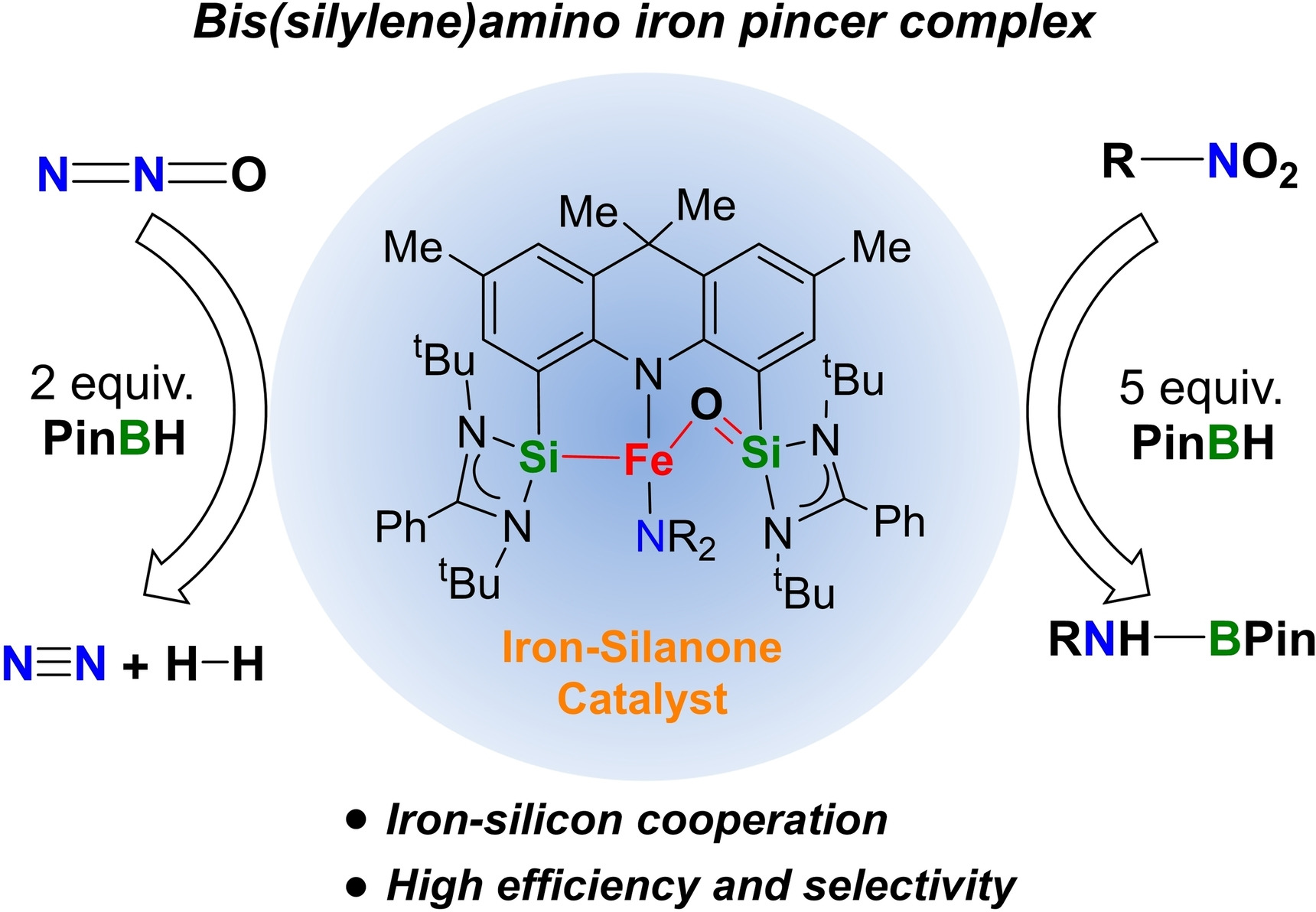
The efficient catalytic degradation of N2O to N2 by well-defined bis(silylene)amido iron complexes under mild conditions involving the cooperative effect between the iron and silylene ligands is reported. Selective reductions of nitro compounds to amino-boranes with good functional-group tolerance and excellent chemo-selectivity have been developed using the same approach.
Lipophilicity
Relating Conformational Equilibria to Conformer-Specific Lipophilicities: New Opportunities in Drug Discovery
- First Published: 15 December 2021

Catching conformations: Lipophilicity (logP) is a molecular property which is nevertheless the weighted average of the lipophilicities of the individual conformers. The first direct measurement of conformer-specific lipophilicity values is presented, together with the introduction of a new avenue for rational lipophilicity optimization of drug candidates which is focused on modification of conformational equilibria in water and in octanol.
Cage Compounds
Controlling the Complexity and Interconversion Mechanisms in Self-Assembled [Fe2L3]4+ Helicates and [Fe4L6]8+ Cages
- First Published: 13 December 2021
Zinc-Ion Batteries | Hot Paper
Formation of Super-Assembled TiOx/Zn/N-Doped Carbon Inverse Opal Towards Dendrite-Free Zn Anodes
- First Published: 15 December 2021
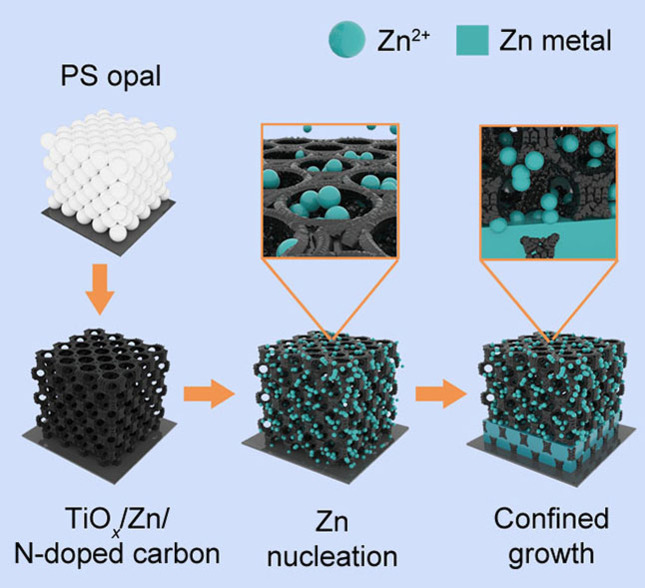
A TiOx/Zn/N-doped carbon inverse opal (TZNC IO) structure is designed through a multi-step method to regulate Zn deposition for Zn metal anodes. Benefitting from the ordered open structure with abundant zincophilic sites, the TZNC host can realize a preferential Zn nucleation and growth in the confined space. As expected, the dendrite-free TZNC@Zn composite anode enables long-term cycling in both symmetric and full cells.
Asymmetric Catalysis | Hot Paper
Crossed Regio- and Enantioselective Iron-Catalyzed [4+2]-Cycloadditions of Unactivated Dienes
- First Published: 28 October 2021
![Crossed Regio- and Enantioselective Iron-Catalyzed [4+2]-Cycloadditions of Unactivated Dienes](/cms/asset/116221a0-f627-453a-8ac5-68535e83754e/ange202112148-toc-0001-m.jpg)
An enantioselective iron-catalyzed cross-[4+2]-cycloaddition of unactivated branched and linear dienes is described. The illustrated process provides a very efficient and atom-economic access to chiral 1,3-substituted vinyl-cyclohexenes under very mild reaction conditions. The development of a chiral bis-dihydroisoquinoline ligand class was essential to obtain excellent levels of chemo-, regio- and enantioselectivity.
C−H Activation | Hot Paper
Taming the Lewis Superacidity of Non-Planar Boranes: C−H Bond Activation and Non-Classical Binding Modes at Boron
- First Published: 08 October 2021
Biokatalyse | Hot Paper
Ein Designeraußenmembranprotein fördert die Aufnahme von Täuschmolekülen in einen auf Zytochrom P450BM3 beruhenden Ganzzellbiokatalysator
- First Published: 27 October 2021

Es wurde eine gentechnisch veränderte Variante des Außenmembranproteins F (OmpF) entwickelt, welche die Zellaufnahme von Aminosäurederivaten als Täuschmoleküle fördert. Die Koexpression der OmpF-Mutante mit Wildtyp-P450BM3 ermöglichte es dem auf Escherichia coli beruhenden Ganzzellbiokatalysator Benzol mit Hilfe von Täuschmolekülen effizient zu oxidieren. Darüber hinaus wurde durch Veränderung des Täuschmoleküls eine in ganzen Zellen katalysierte stereoselektive Hydroxylierung erreicht.
Forschungsartikel
Lithium–Sulfur Batteries
Surface Gelation on Disulfide Electrocatalysts in Lithium–Sulfur Batteries
- First Published: 10 December 2021
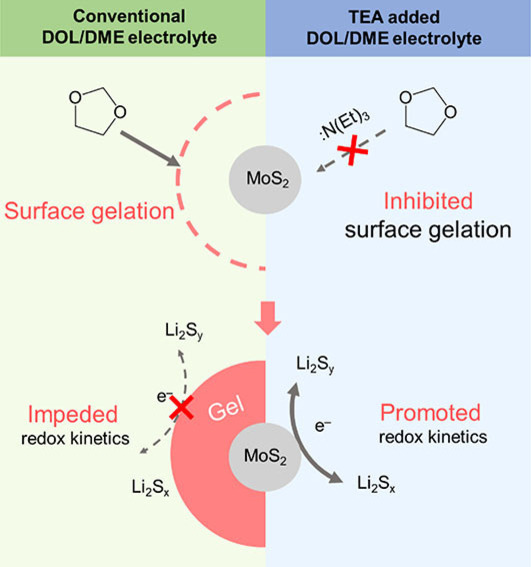
Surface gelation on disulfide electrocatalysts in Li–S batteries is identified for the first time. The gel layer, formed through the solvent polymerization triggered by the Lewis acid sites, covers the active electrocatalytic sites and renders reduced redox kinetics. Herein, a Lewis base triethylamine is introduced to suppress the surface gelation and promote the electrocatalytic activity of disulfide electrocatalysts.
Polymorphism
Indomethacin Polymorph δ Revealed To Be Two Plastically Bendable Crystal Forms by 3D Electron Diffraction: Correcting a 47-Year-Old Misunderstanding
- First Published: 13 December 2021
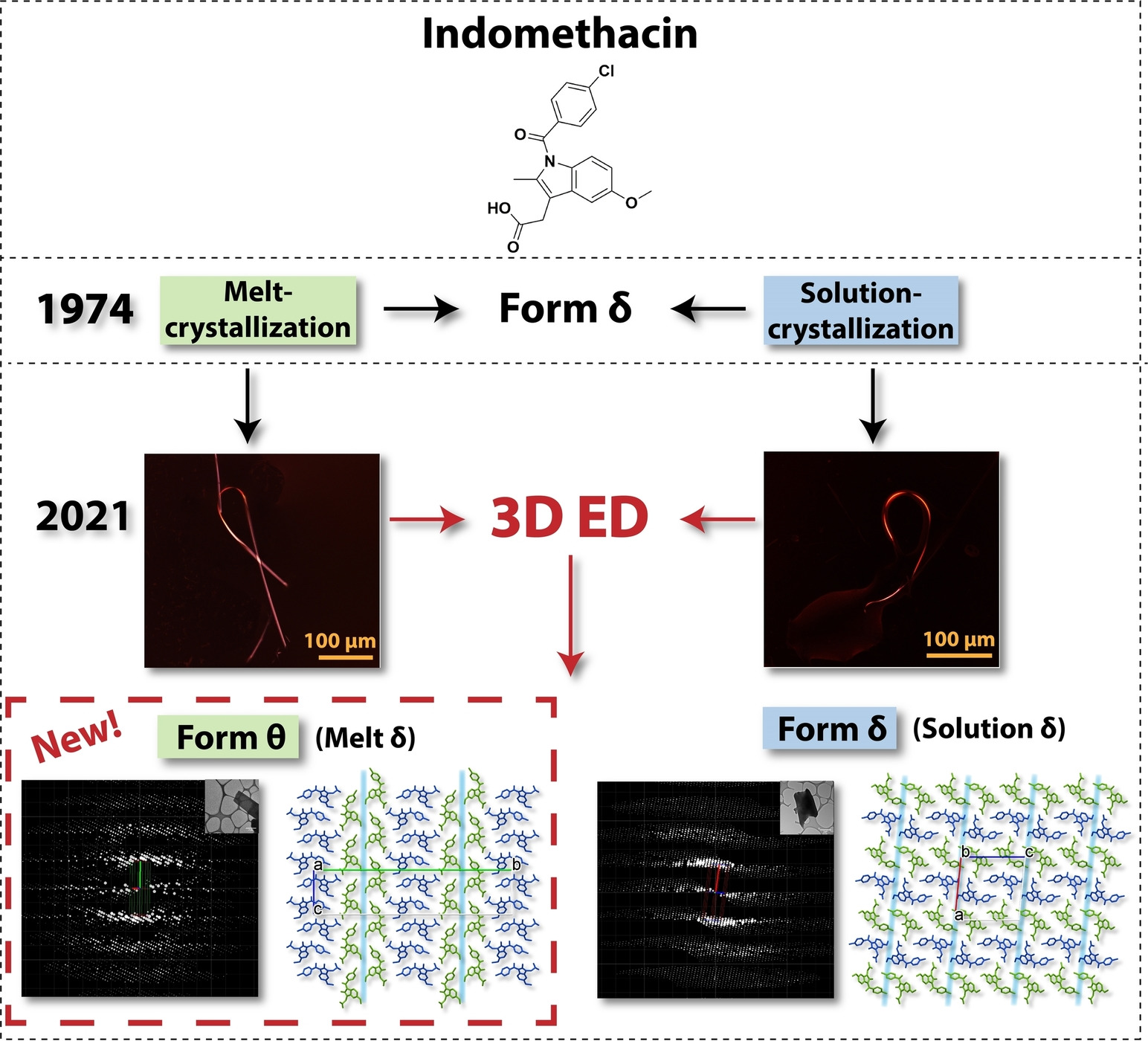
The structures of the third polymorph of indomethacin, Form δ, crystallized from both melt and solution are reported. The two crystallization methods were believed to produce the same polymorph since its discovery in 1974. Through combining microdroplet melt crystallization with 3D electron diffraction, we reveal that the two crystallization methods produce two different polymorphs and correct this 47-year-old misunderstanding.
Cell Manipulation | Hot Paper
Manipulation of Multiple Cell–Cell Interactions by Tunable DNA Scaffold Networks
- First Published: 06 December 2021

A rapid and effective living cell encapsulation strategy is developed for reversible manipulation of cell–cell interactions. The controllable cell–cell interactions and molecular transportation between cells was achieved by fabricating functional DNA scaffold networks on cell surface. This DNA scaffold network-based strategy holds great potential in cell surface engineering, synthetic biology, and cell-based biomedicine.
Analytical Methods
A Universal Boronate-Affinity Crosslinking-Amplified Dynamic Light Scattering Immunoassay for Point-of-Care Glycoprotein Detection
- First Published: 08 December 2021
Bioimaging | Hot Paper
An Activatable Hybrid Organic–Inorganic Nanocomposite as Early Evaluation System of Therapy Effect
- First Published: 08 December 2021

In vivo “Turn-On” NIR-II FL and NIR-II PA signals by using activated caspases-3 after radiotherapy to proteolytically cleave the peptide sequence of an AuNNP@DEVD-IR1048 nanoprobe, in addition to integrating living imaging information with a radiotherapy effect using the caspase-3 enzyme as “matchmaker” and developing the relationship between each other, enable real-time evaluation and early prediction of radiotherapy effects.
Transition Metal Dichalcogenides
Dual-Regulation of Defect Sites and Vertical Conduction by Spiral Domain for Electrocatalytic Hydrogen Evolution
- First Published: 06 December 2021
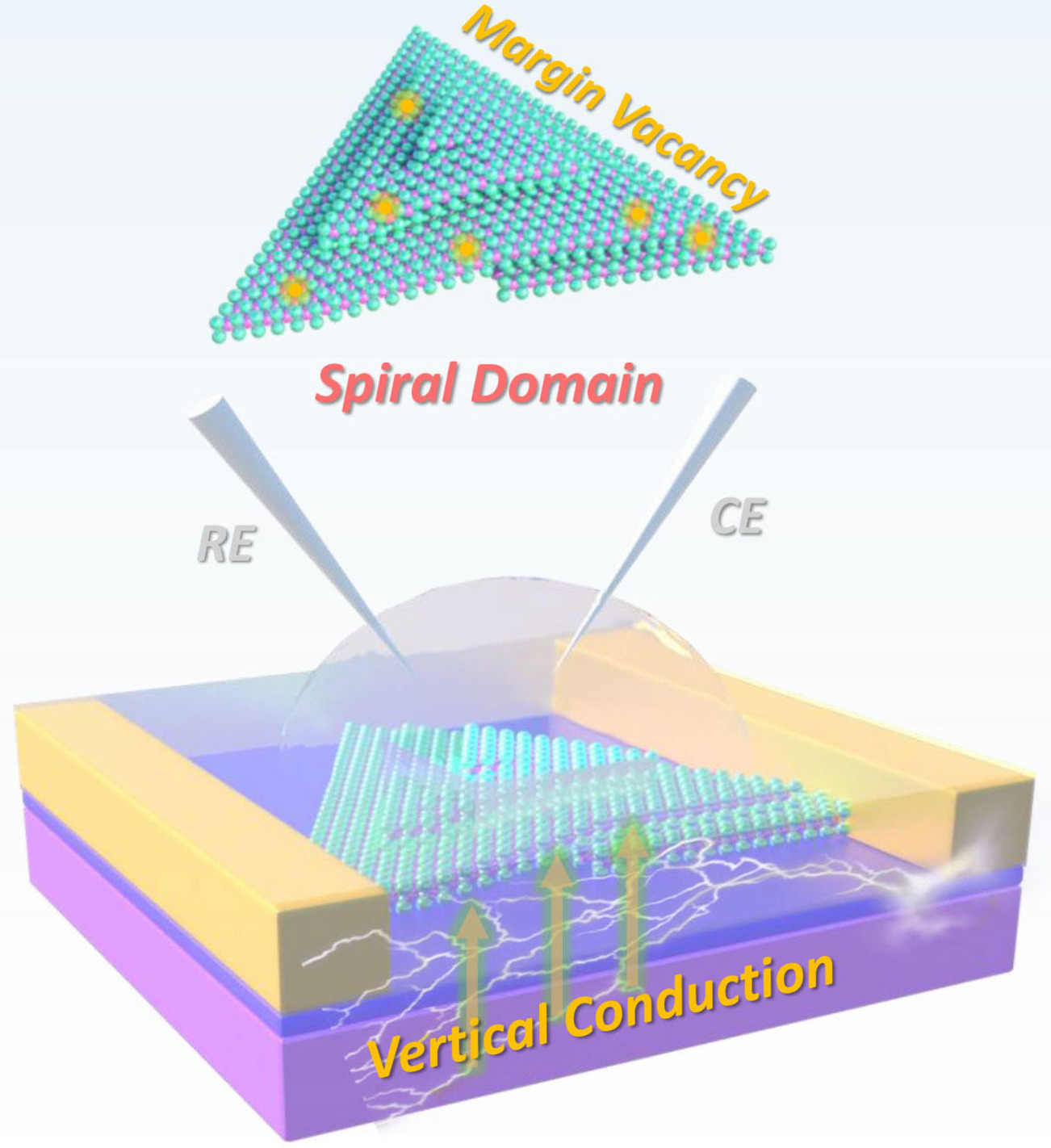
As a proof-of-concept, we proposed a structural model of a spiral MoTe2 domain to optimize collectively active site and vertical conduction. A single spiral MoTe2-based electrocatalytic microdevice was fabricated to extract HER activity and displayed exceptional activity with an ultrahigh current density of 3000 mA cm−2 at an overpotential of 0.4 V.
Degradable Polymers | Very Important Paper
Highly Efficient Synthesis of Poly(silylether)s: Access to Degradable Polymers from Renewable Resources
- First Published: 13 December 2021
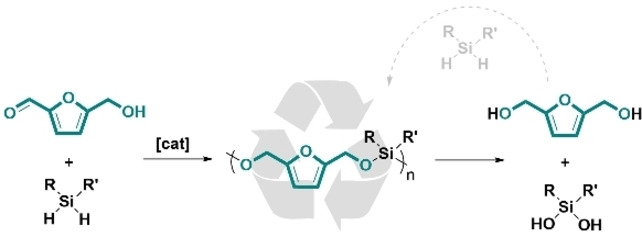
A variety of renewable polymers has been synthesized from easily accessible biobased hydroxyaldehydes and dihydrosilanes. Using low catalyst loadings of platinum complexes, different polymer architectures were obtained, from random to alternated copolymers. The intrinsic chemical recyclability of these poly(silylether)s is also highlighted.
CO2 Reduction | Very Important Paper
The Crystal Plane is not the Key Factor for CO2-to-Methane Electrosynthesis on Reconstructed Cu2O Microparticles
- First Published: 09 December 2021
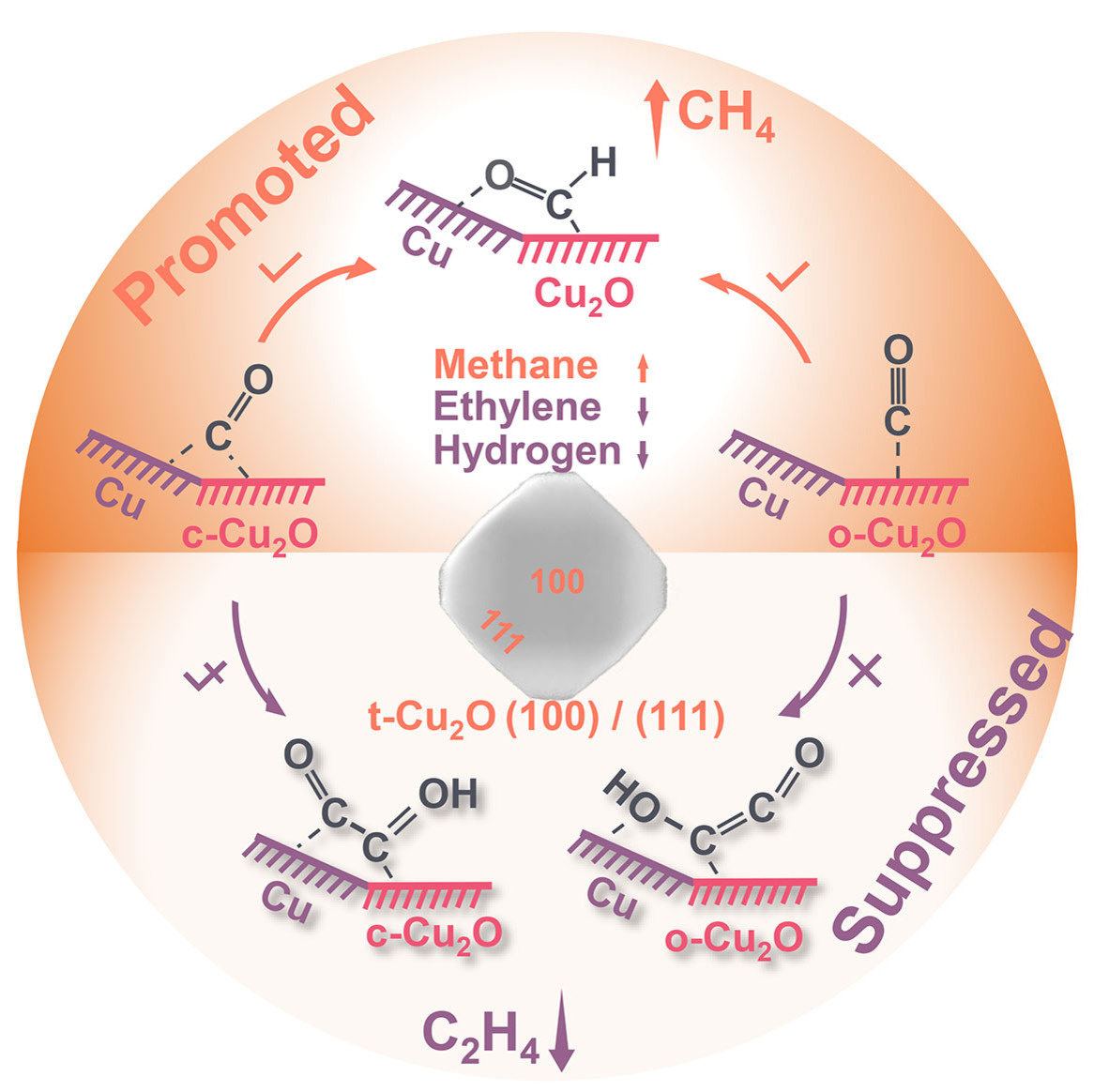
The in-depth mechanism of electrocatalytic CO2 reduction on in situ reconstructed Cu2O microparticles is still ambiguous. Now strong evidence shows that the Cu2O/Cu interface plays a key role in determining the selectivity of methane production rather than the initial crystal planes of the Cu2O microparticles.
Fuel Cells | Hot Paper
Branched Poly(Aryl Piperidinium) Membranes for Anion-Exchange Membrane Fuel Cells
- First Published: 14 December 2021
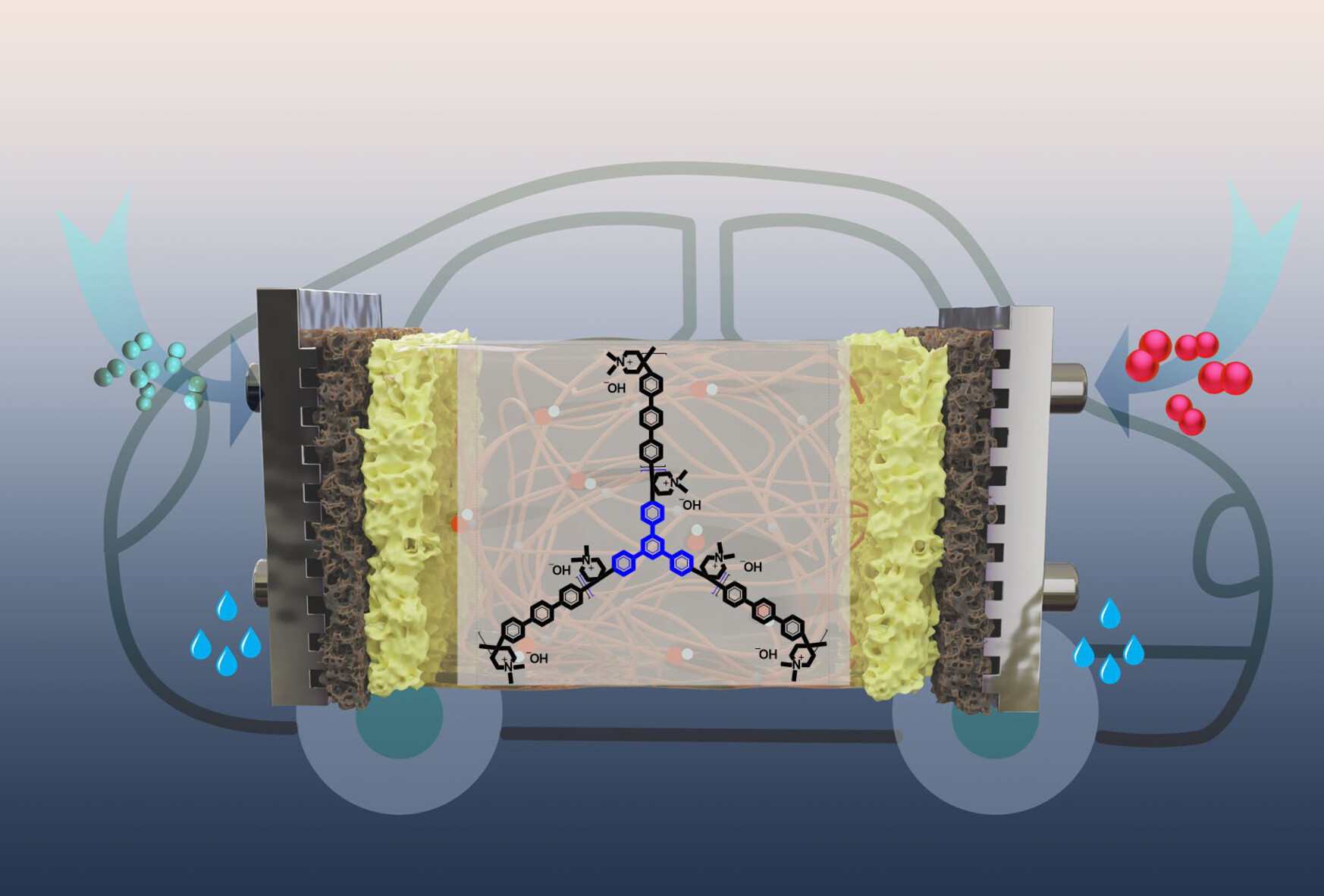
High-molecular-weight branched poly(aryl piperidinium) membranes with high conductivity (147 mS cm−1 at 80 °C) and excellent mechanical (26 % swelling ratio) and chemical stability have been prepared. Anion-exchange membrane fuel cells (AEMFCs) using these membranes exhibit high peak power density (2.3 W cm−2) and durability (500 h).
Small Molecule Activation | Hot Paper
Remote Amino Acid Recognition Enables Effective Hydrogen Peroxide Activation at a Manganese Oxidation Catalyst
- First Published: 01 December 2021
Biological Chemistry | Hot Paper
Reversible Covalent Headpiece Enables Interconversion between Double- and Single-Stranded DNA-Encoded Chemical Libraries
- First Published: 13 December 2021

A novel DNA-encoded chemical library (DEL) encoding method featuring a “reversible covalent headpiece (RCHP)” is described, which allows efficient interconversion between double- and single-stranded DNA forms. Hybridization and covalent crosslinking of ssDEL with diversified complementary functionalized DNAs enables multiple DEL applications.
Copolymerization | Hot Paper
One-Pot Construction of Sulfur-Rich Thermoplastic Elastomers Enabled by Metal-Free Self-Switchable Catalysis and Air-Assisted Coupling
- First Published: 05 December 2021
Asymmetric Catalysis | Hot Paper
Copper-Catalyzed Asymmetric Diyne Cyclization via [1,2]-Stevens-Type Rearrangement for the Synthesis of Chiral Chromeno[3,4-c]pyrroles
- First Published: 14 December 2021
![Copper-Catalyzed Asymmetric Diyne Cyclization via [1,2]-Stevens-Type Rearrangement for the Synthesis of Chiral Chromeno[3,4-c]pyrroles](/cms/asset/f4e881e8-f1ea-41ff-9e64-0bae3443d0b8/ange202115554-toc-0001-m.jpg)
A copper-catalyzed asymmetric cascade cyclization/[1,2]-Stevens-type rearrangement is disclosed, affording valuable chiral chromeno[3,4-c]pyrroles bearing a quaternary carbon stereocenter in generally moderate to good yields with excellent enantioselectivities. Importantly, this protocol represents the first catalytic asymmetric [1,2]-Stevens-type rearrangement based on alkynes and the first asymmetric formal carbene insertion into the Si−O bond.
Graphene
Transformation of Crowded Oligoarylene into Perylene-Cored Chiral Nanographene by Sequential Oxidative Cyclization and 1,2-Phenyl Migration
- First Published: 02 December 2021

A highly crowded perylene-cored oligoarylene processively transforms into π-extended chiral nanographenes with two helical breaches under Scholl's conditions. The acquisition of various intermediates implies a distinctive reaction pathway mainly involving the regioselective and sequential cyclization in the peri- and bay regions of the perylene core, and the complanation of the 1-phenyl[5]helicene intermediate module via 1,2-phenyl migration.
Scandium Catalysis | Hot Paper
Regio- and Diastereoselective [3+2] Annulation of Aliphatic Aldimines with Alkenes by Scandium-Catalyzed β-C(sp3)−H Activation
- First Published: 14 December 2021
![Regio- and Diastereoselective [3+2] Annulation of Aliphatic Aldimines with Alkenes by Scandium-Catalyzed β-C(sp3)−H Activation](/cms/asset/79cc669a-5eeb-447c-9667-3fa79d50686b/ange202115996-toc-0001-m.jpg)
Half-sandwich scandium catalysts serve as a unique platform for the regio- and diastereoselective [3+2] annulation of aliphatic aldimines with alkenes via β−C(sp3)−H activation, affording a new family of multi-substituted aminocyclopentane derivatives from easily accessible aldimines and alkenes with broad substrate scope, high regio-, diastereoselectivity and 100 % atom-efficiency.
Lithium–Sulfur Batteries | Hot Paper
WSe2 Flakelets on N-Doped Graphene for Accelerating Polysulfide Redox and Regulating Li Plating
- First Published: 10 December 2021
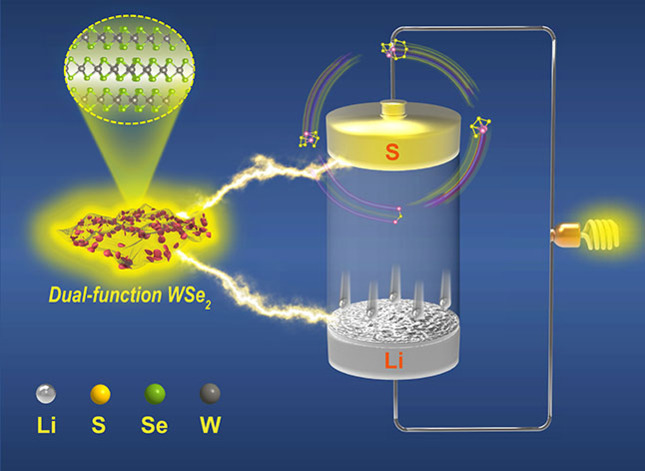
Elaborately designed WSe2 flakelets decorated on the N-doped graphene (WSe2/NG) with an abundant active site can not only act as a redox accelerator to promote the bidirectional conversion of lithium polysulfides (LiPSs) and significantly alleviate the shuttling effect, but also as a regulator for enabling uniform Li plating/stripping to mitigate the growth of Li dendrite.
Deuterodefluorination | Hot Paper
A Carbene Strategy for Progressive (Deutero)Hydrodefluorination of Fluoroalkyl Ketones
- First Published: 09 December 2021
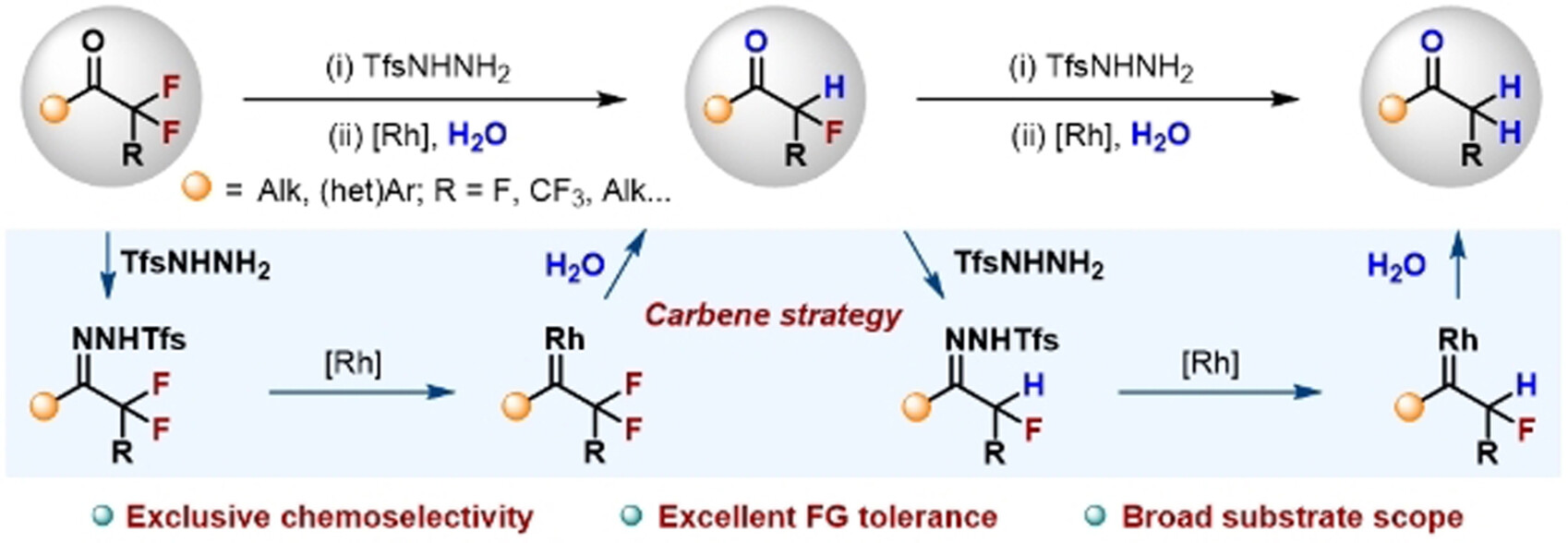
A carbene strategy for the sequential (deutero)hydrodefluorination of fluoroalkyl ketones is reported. This method allowed for the controllable preparation of difluoroalkyl- and monofluoroalkyl ketones from aryl- and alkyl-substituted perfluoroalkyl ketones in high yield with excellent functional group tolerance.
Bioimaging
A General Approach to Design Dual Ratiometric Fluorescent and Photoacoustic Probes for Quantitatively Visualizing Tumor Hypoxia Levels In Vivo
- First Published: 06 July 2021
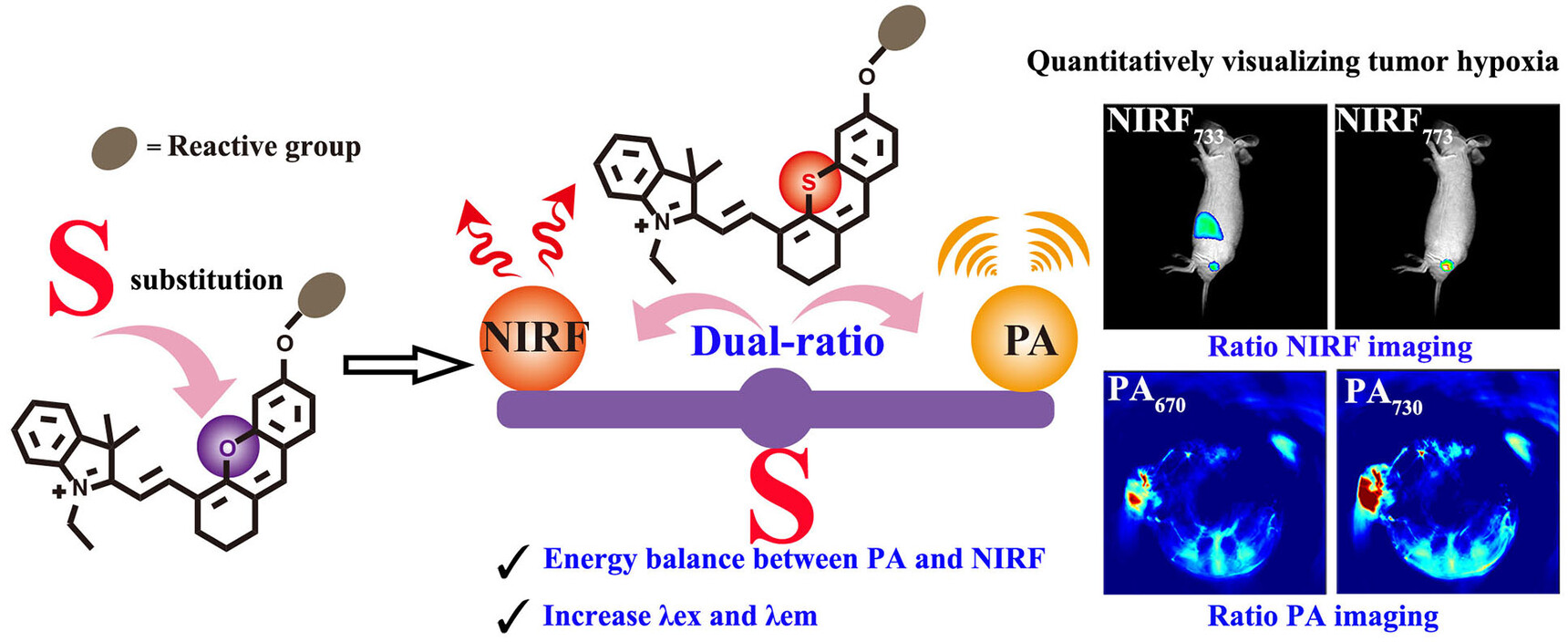
We have described a general energy balance approach by sulfur substitution to transform existing hemicyanine dyes (Cy) into optimized NIRF/PA dual ratiometric scaffolds. Based on this optimized platform, the first dual-ratio NIRF/PA response probe AS-Cy-NO2 was designed for quantitatively and precisely monitoring of tumor hypoxia levels in vivo.
Li-Ion Batteries | Hot Paper
Self-Expanding Ion-Transport Channels on Anodes for Fast-Charging Lithium-Ion Batteries
- First Published: 02 December 2021
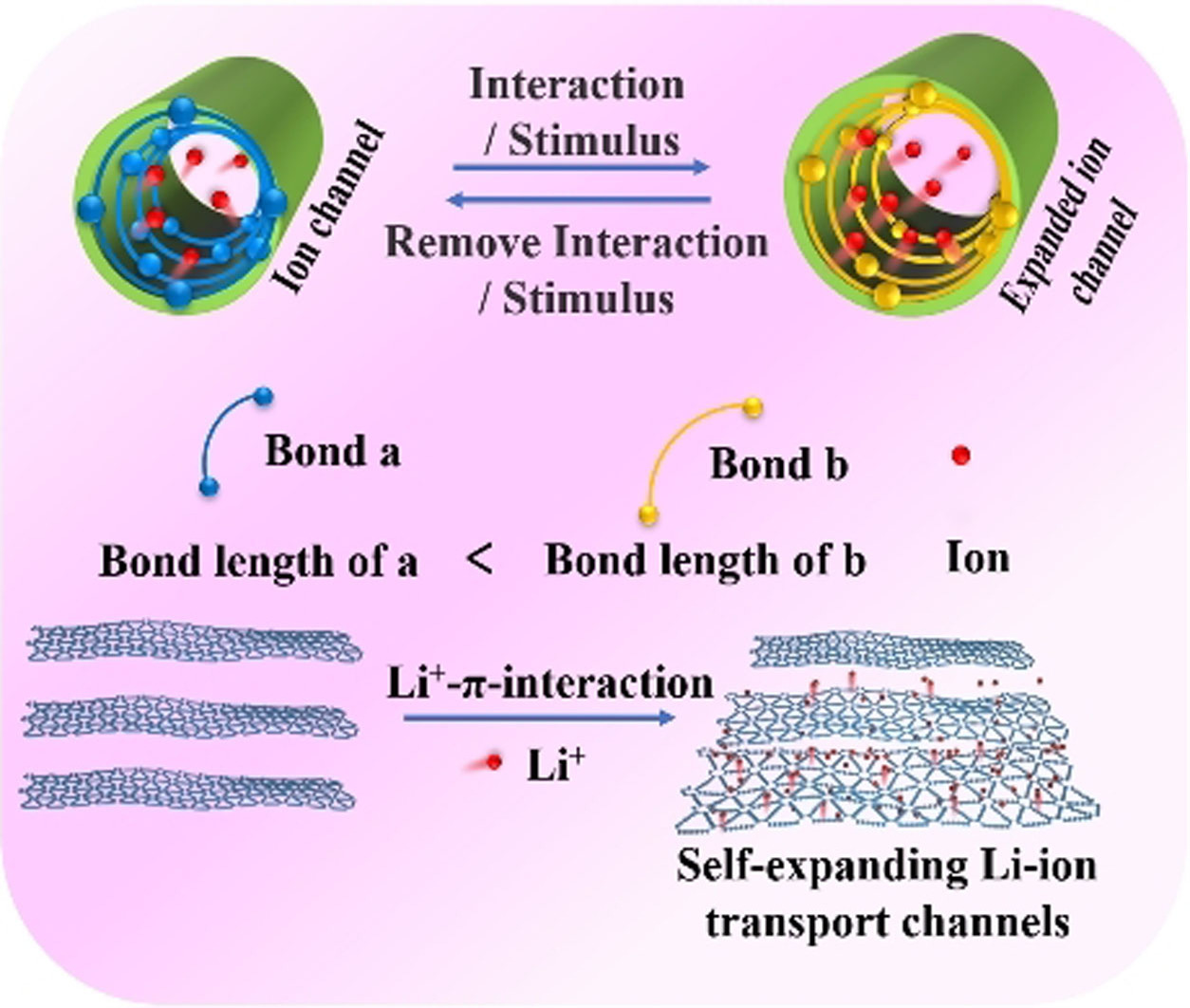
A concept of self-expanding Li-ion transport channels is demonstrated to construct a fast-charging anode and realize high-performance fast-charging Li-ion batteries. The self-expanded Li-ion transport channels, which are enabled by a self-reversible conversion of chemical bonds with different bond lengths in the anode, allow a fast Li-ion solid-state diffusion kinetics and effectively eliminate Li metal plating under fast-charging conditions.
Biosynthesis
Unexpected Role of a Short-Chain Dehydrogenase/Reductase Family Protein in Type II Polyketide Biosynthesis
- First Published: 10 November 2021
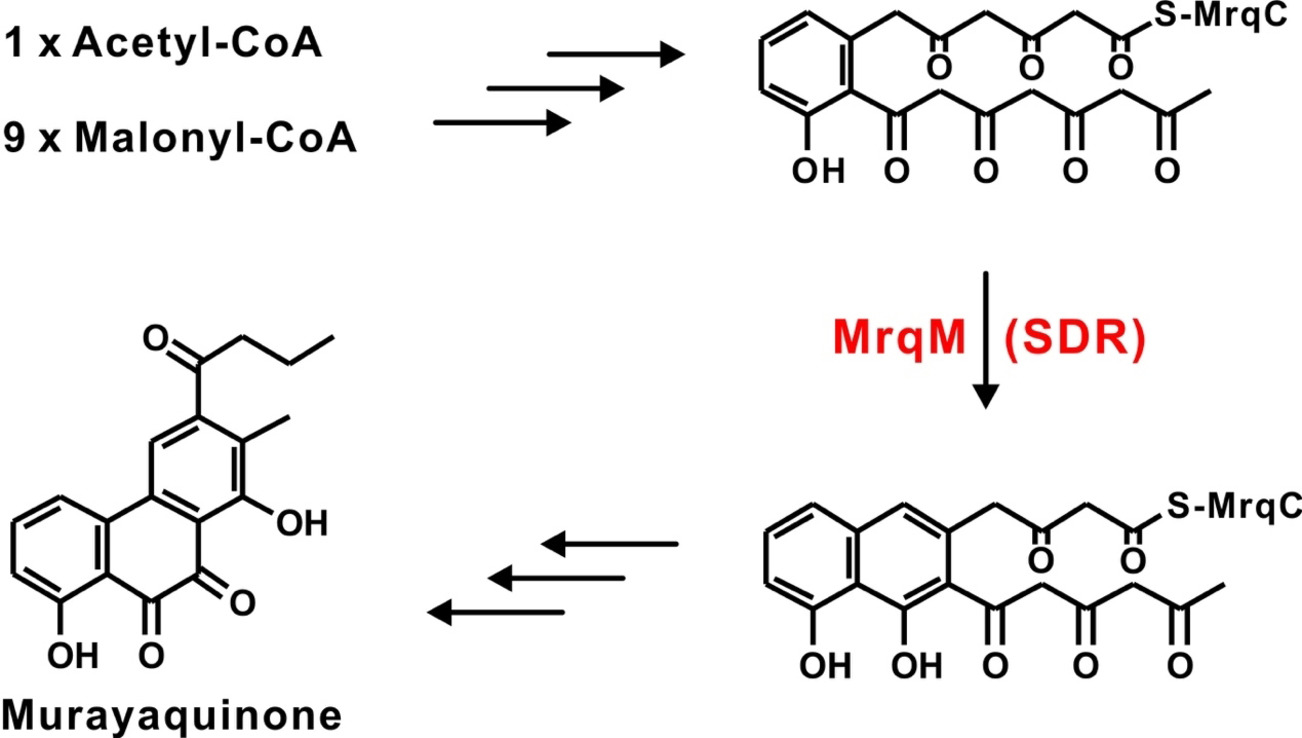
A short-chain dehydrogenase/reductase family protein, MrqM, was revealed as a cyclase in the biosynthesis of murayaquinone by the in vivo genetic experiment, which is a new strategy used in type II polyketide cyclization. This finding not only broadens the functions of the short-chain dehydrogenase/reductase family proteins, but also paves the way for future work in polyketide cyclization and engineering.
Structured Interfaces | Very Important Paper
Refining of Particulates at Stimuli-Responsive Interfaces: Label-Free Sorting and Isolation
- First Published: 28 November 2021

Affinity-to-adsorbent-based sorting of fine particles, including cells, is engineered by minimizing the masking effect of non-specific interactions. Due to a high contact area and hence high detachment energy, even non-specifically and weakly interacting particulates are quasi-irreversibly bound to adsorbents. Microstructured stimuli-responsive dynamic interfaces provide a solution for sorting highly asymmetric cell and particle mixtures.
G-Quadruplexes | Hot Paper
CO2 Reduction Reaction
Promoting CO2 Electroreduction Kinetics on Atomically Dispersed Monovalent ZnI Sites by Rationally Engineering Proton-Feeding Centers
- First Published: 04 October 2021
Organocatalysis
Rational Design of Axially Chiral Styrene-Based Organocatalysts and Their Application in Catalytic Asymmetric (2+4) Cyclizations
- First Published: 30 November 2021

A new class of axially chiral styrene-based organocatalysts has been rationally designed. They enable the chemo-, diastereo- and enantioselective (2+4) cyclization of 2-benzothiazolimines. This work represents the first design of styrene-based chiral thiourea tertiary amine catalysts and the first catalytic asymmetric (2+4) cyclization of 2-benzothiazolimines, and it gives an in-depth understanding of axially chiral styrene-based organocatalysts.
Supramolecular Chemistry | Hot Paper
Initiating Electron Transfer in Doubly Curved Nanographene Upon Supramolecular Complexation of C60
- First Published: 11 October 2021
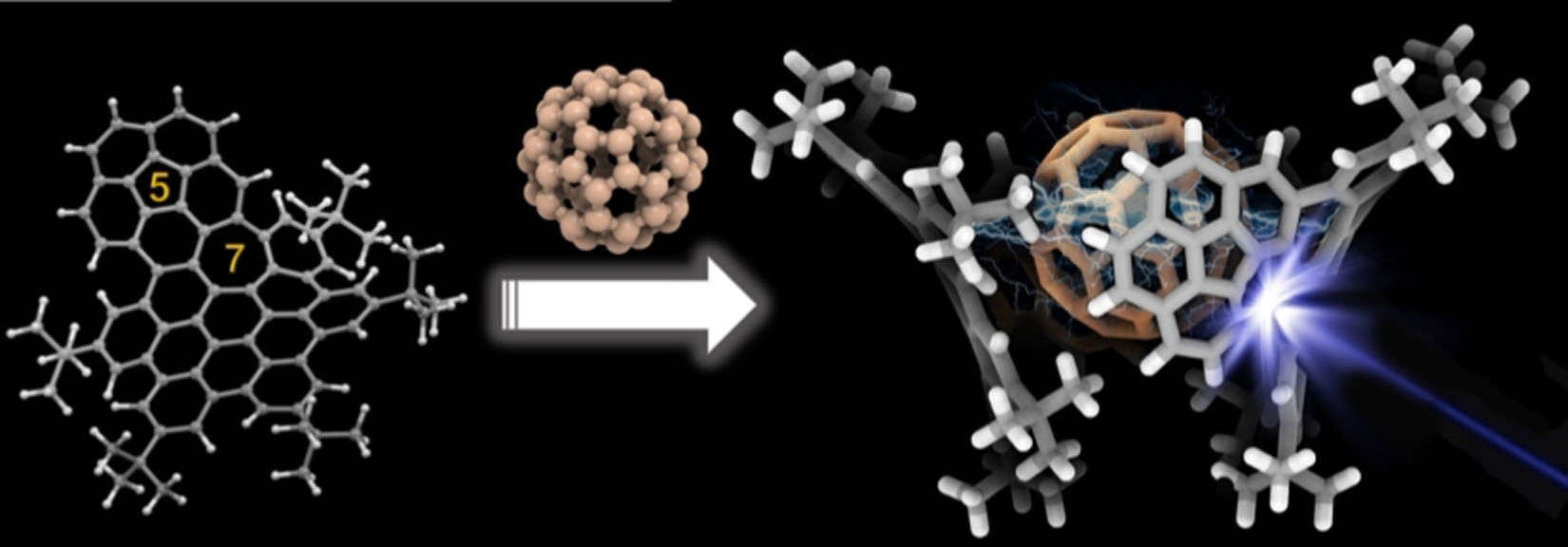
Concave–convex interactions between negatively and positively curved molecular nanographene with C60 allow the formation of complexes with 1:1, 1:2, and 2:1 stoichiometries. Theoretical calculations predict the photoinduced electron transfer from the curved nanographene to the electron acceptor C60. Transient absorption spectroscopy confirms solvent dependent electron transfer after photo-excitation.
Polymers | Hot Paper
Lactone Backbone Density in Rigid Electron-Deficient Semiconducting Polymers Enabling High n-type Organic Thermoelectric Performance
- First Published: 19 November 2021
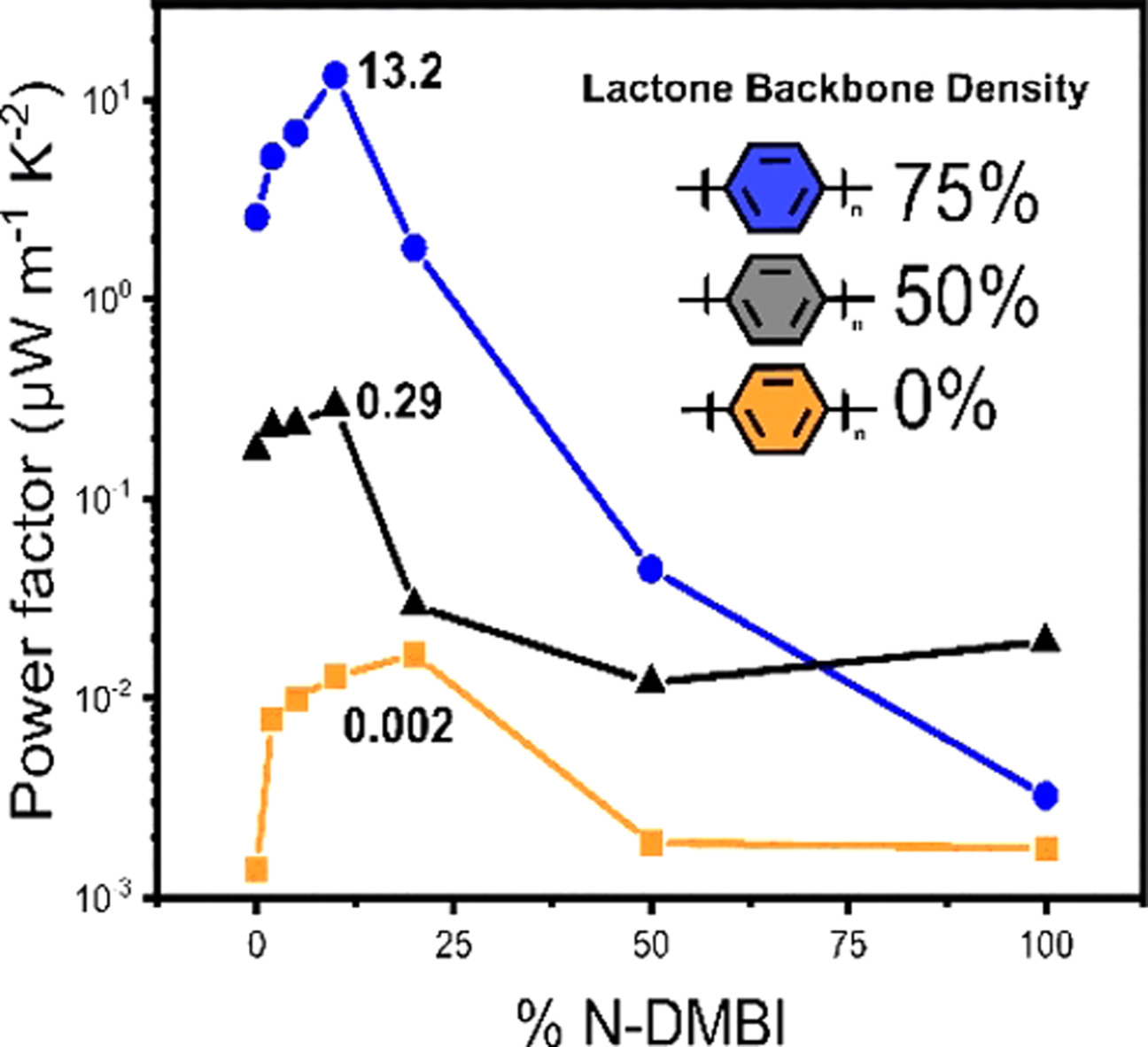
Three new n-type semiconducting polymers, P-0, P-50, and P-75 are developed, in which the lactone group densities were maximized by increasing the benzene content from 0 % benzene (P-0), to 50 % (P-50), and 75 % (P-75), to enable co-planar polymers with deep-lying LUMO energy level. As a result, the polymer of P-75 exhibits a good thermoelectric performance with a maximum electrical conductivity of 12 S cm-1 and figure of merit power factor of 13.2 μWm-1 K-2.
Solid-State Electrolyte | Hot Paper
Cluster Compounds
Transformation Pathways in Colloidal CdTeSe Magic-Size Clusters
- First Published: 29 November 2021
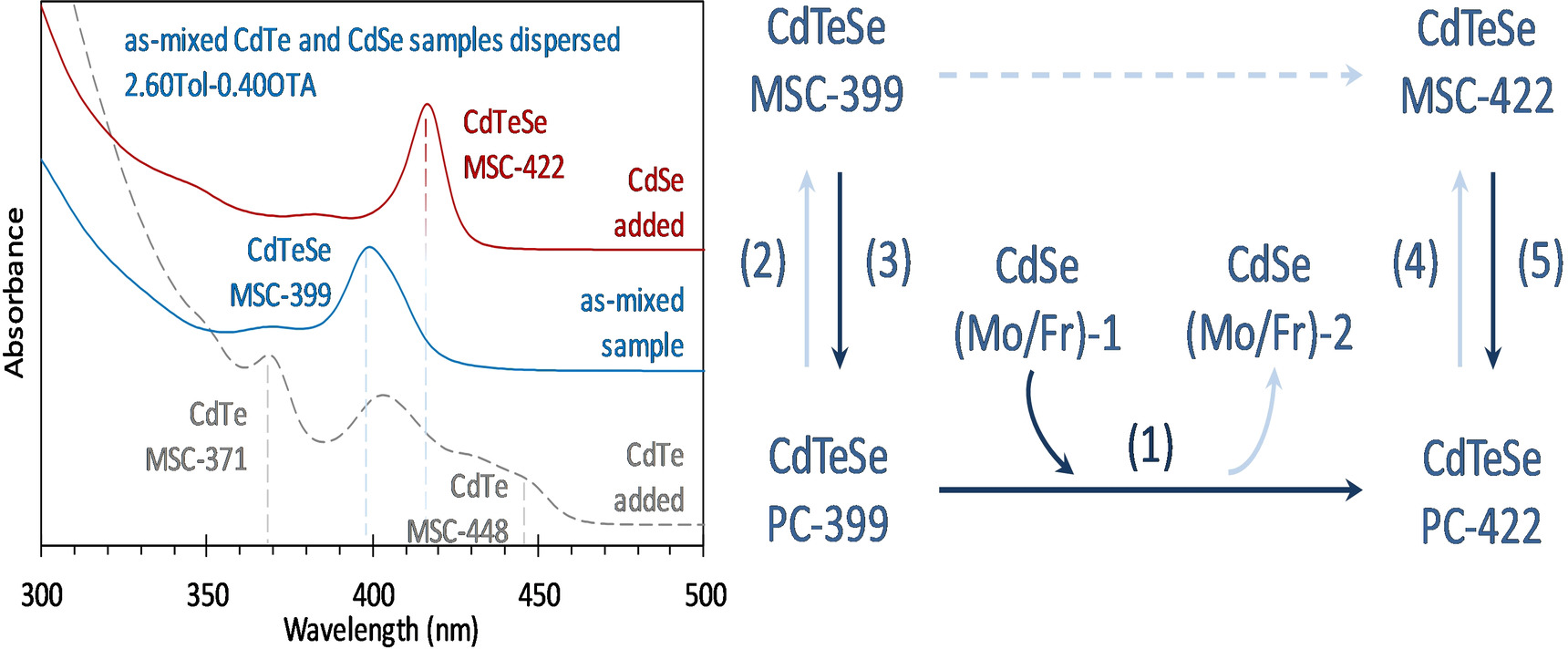
A new type of ternary magic-size cluster (MSC), CdTeSe MSC-422 evolved at room temperature while CdTeSe MSC-399 decreased in a mixture of toluene (Tol) and octylamine (OTA). The transformation goes through corresponding precursor compounds (PCs), with step 1 transforming PC-399 to PC-422, which is rate-determining and features first-order reaction kinetics.




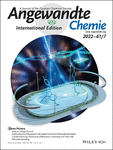



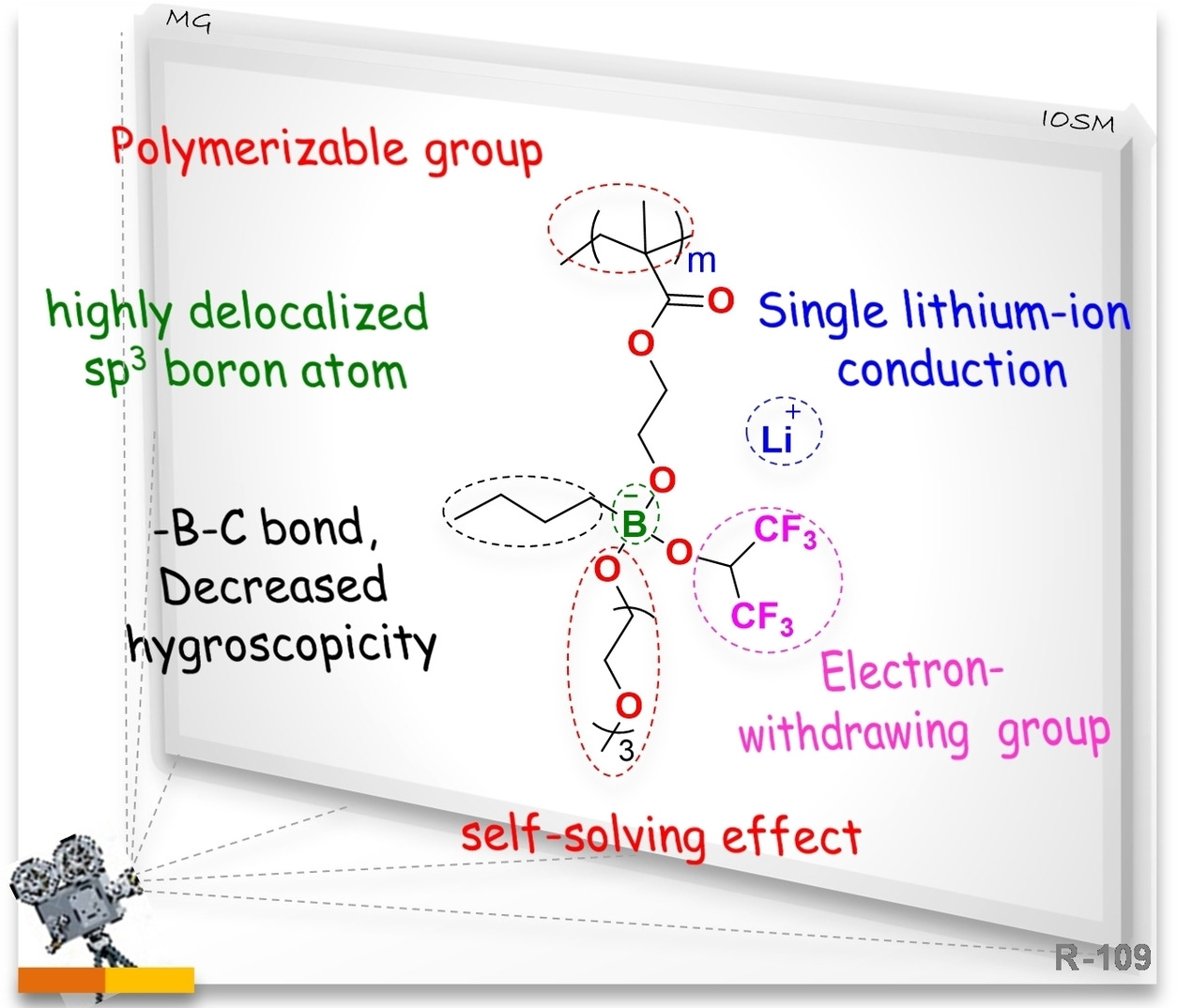

![Controlling the Complexity and Interconversion Mechanisms in Self-Assembled [Fe2L3]4+ Helicates and [Fe4L6]8+ Cages](/cms/asset/2ab7870a-1380-482c-b55e-9cabb79412f6/ange202115555-toc-0001-m.jpg)
